Budapest
You arrive in Budapest, exit the airport, descend into the nearest subway, and find yourself in the Moscow metro. The same trains, the same gloomy faces glued to mobile phones. It’s as if you never left.

Abroad becomes noticeable closer to the city center, where the stations are typical European, and instead of turnstiles, there are solitary composting poles designed for passengers’ honesty. Ticket inspectors only appear during rush hours.
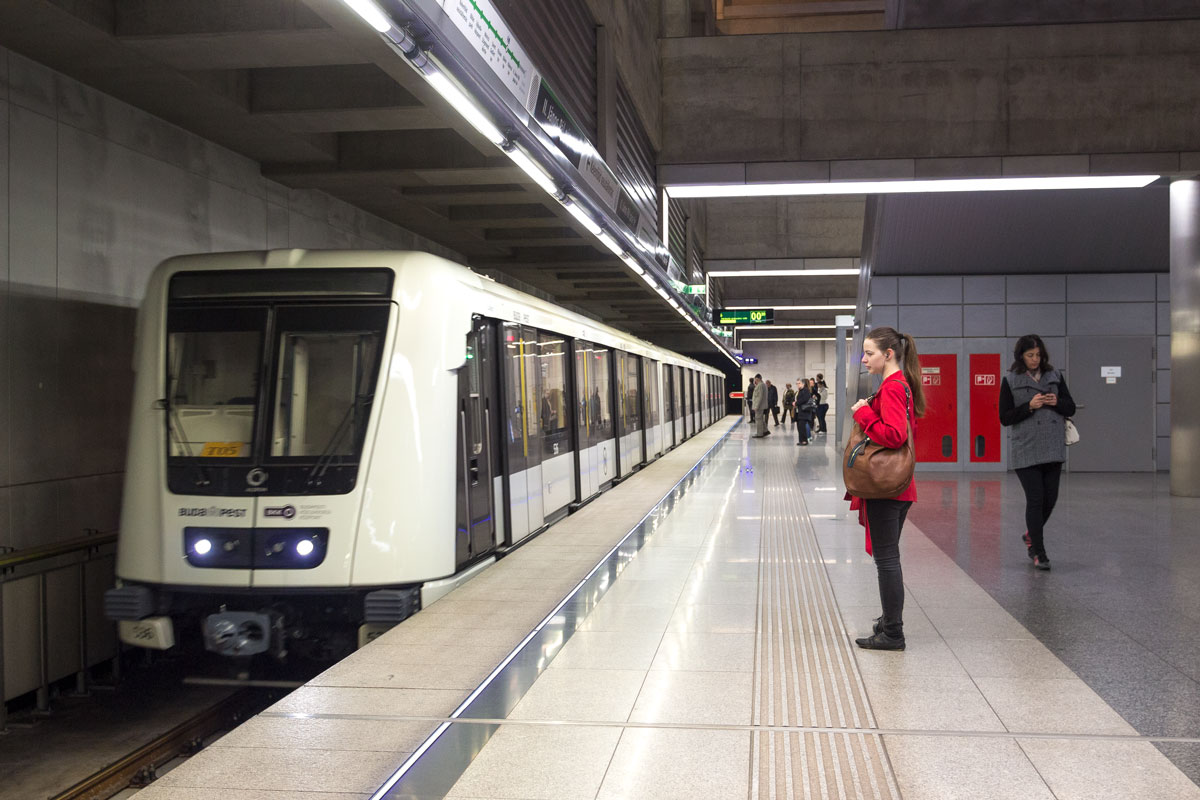
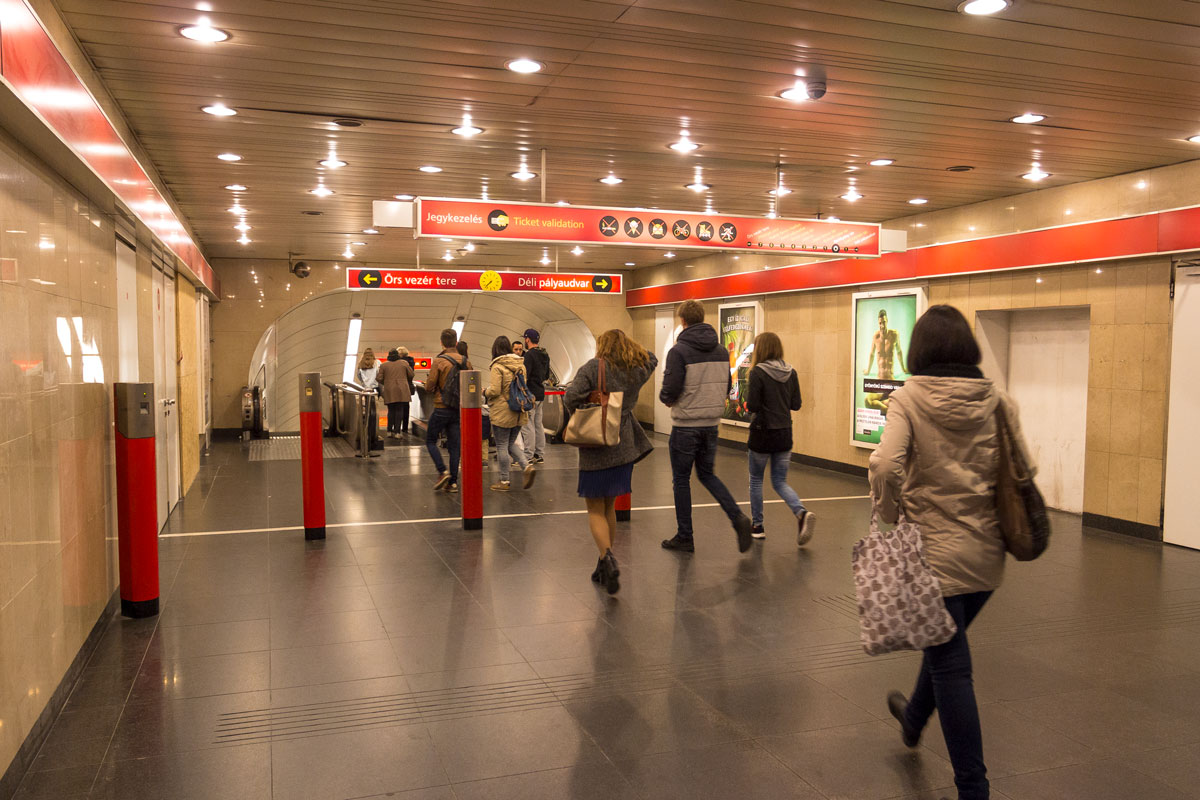
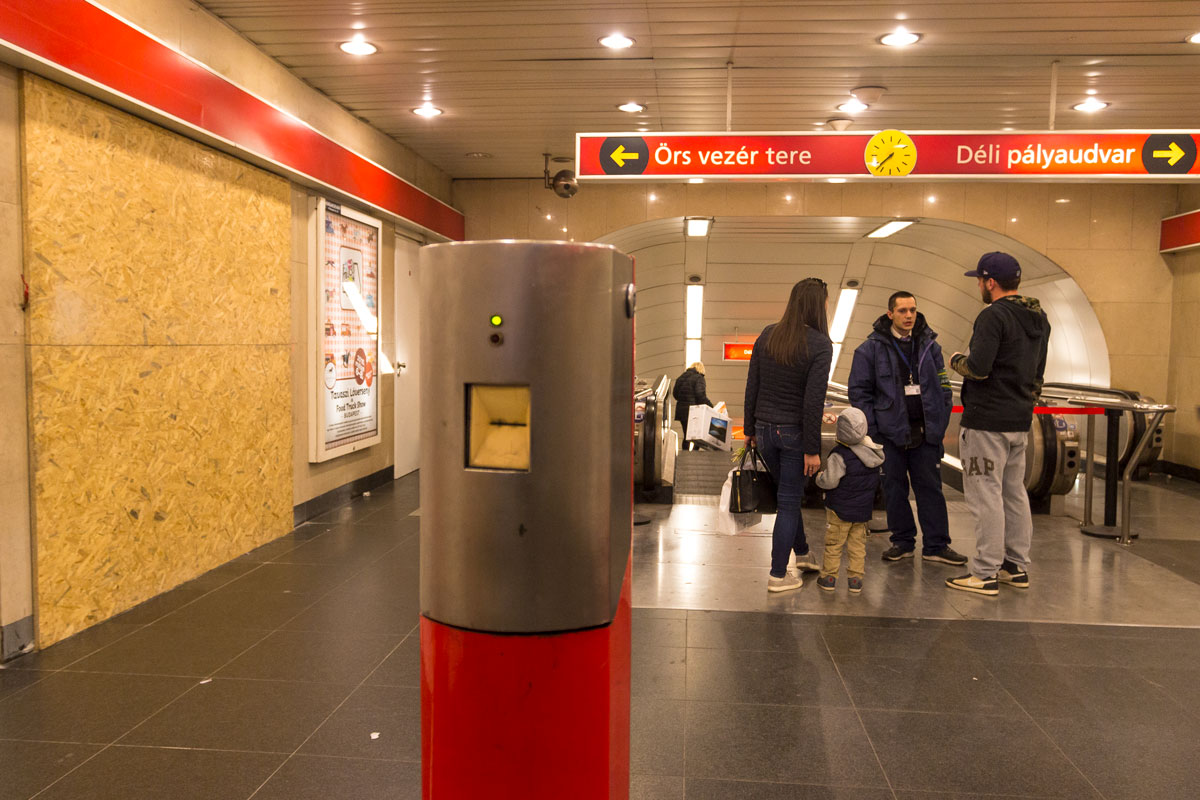
Hungary was socialist for a very long time. When socialism collapsed, the Soviet branch was dismantled, and all Soviet artifacts were gathered together and taken out of Budapest to some abandoned wasteland 10 kilometers away from the city. The wasteland was named “Memento Park,” enclosed by a fence, and ticket prices were set. Now all these bronze mountains rest here.

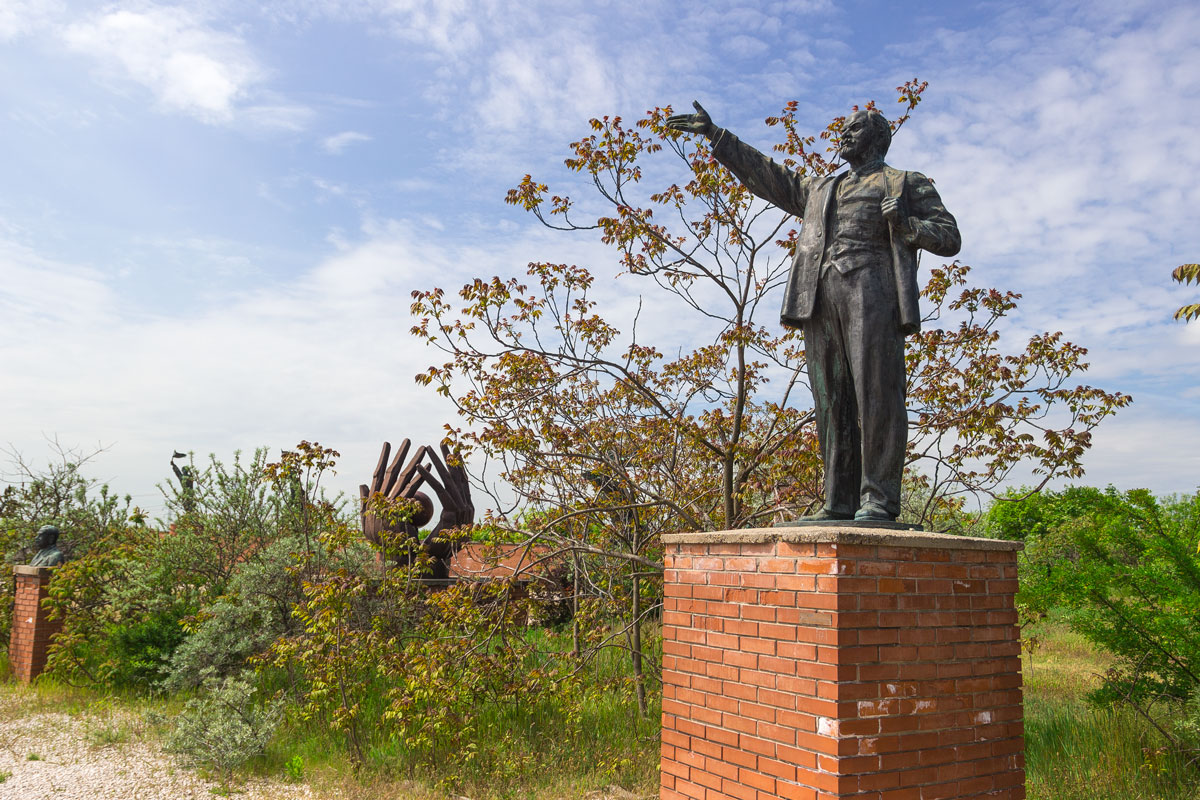
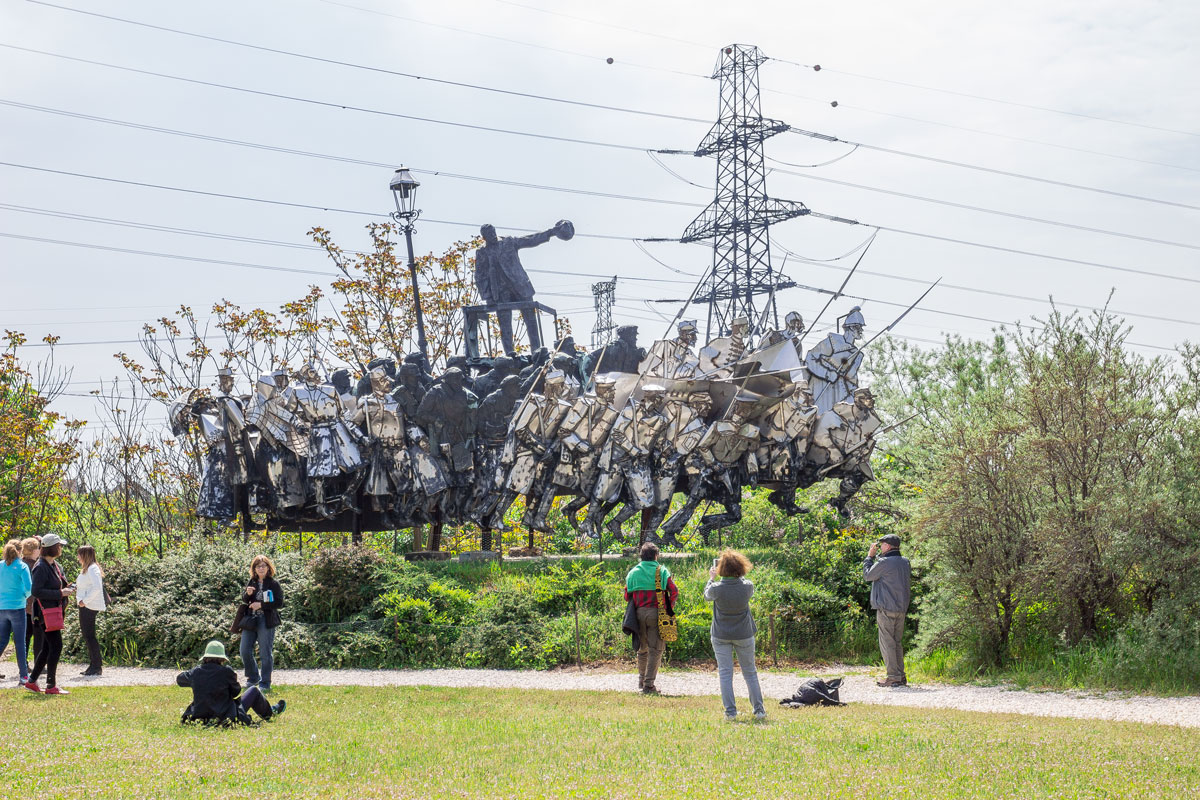
Not a single artifact remains in the city; it is a typical European capital, most resembling Vienna. Of course, the country used to be Austria-Hungary.

The most basic thing one can tell about Budapest is that the modern capital was formed through the merger of two historical cities — Buda and Pest.

Today, several bridges across the Danube connect the two parts of the city.

Let’s go and see how they differ.
Buda
Buda is often referred to as “enchanting.” In this part of the city, you’ll mostly find palaces and castles.

For me, the most enchanting thing in Buda is the place where the tram passes by the castle in the rock. Everything else is just ordinary tourist spots. But finding such a view from the tram is truly remarkable.
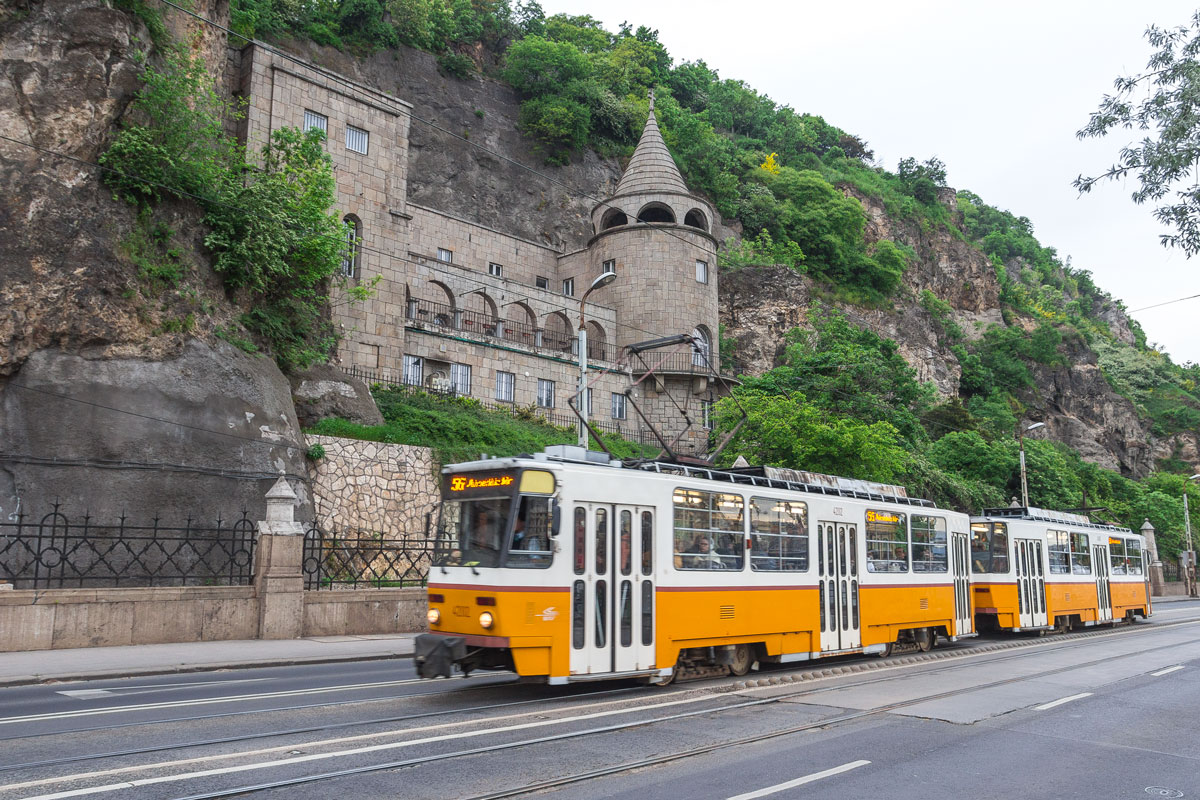
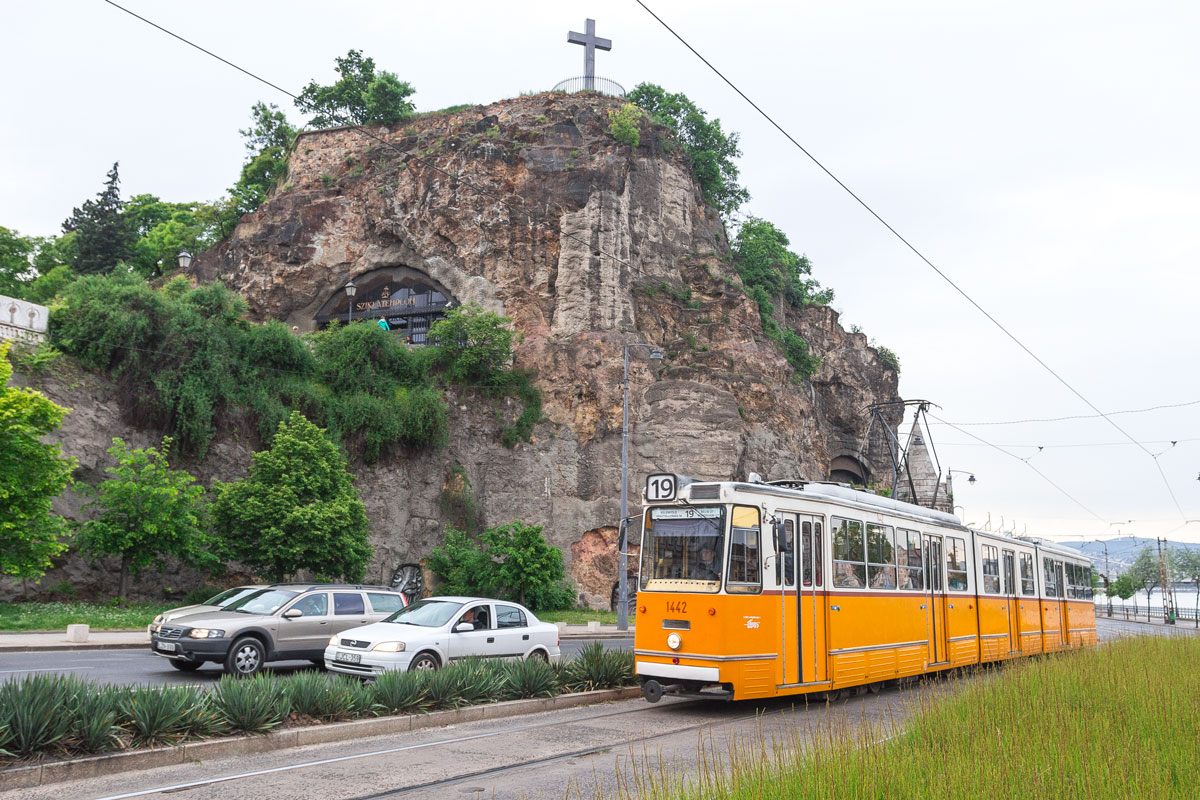
Budapest has a highly convenient tram system. The routes cover the entire city, making it easy to travel from the center of one part to the outskirts of another.

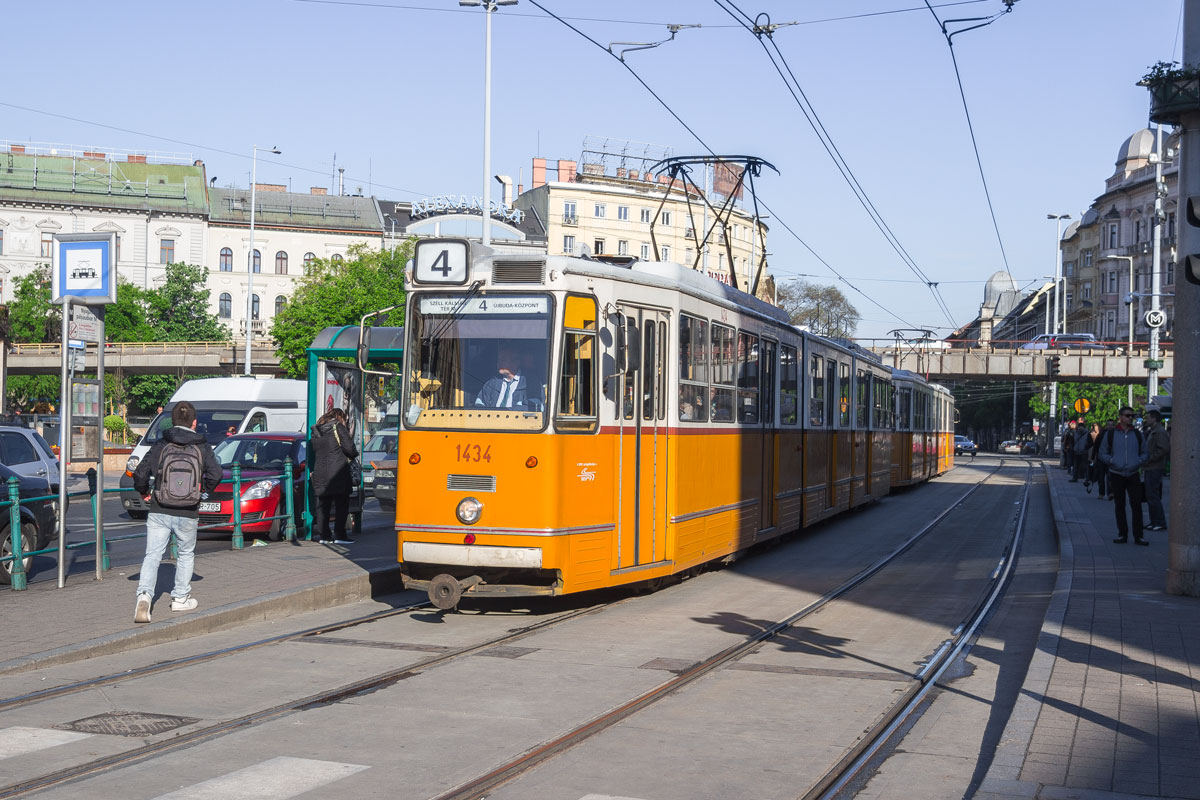
The most famous landmark of Budapest, the Parliament building, is best seen from the hills of Buda, even though the Parliament itself is located on the opposite bank. In general, it’s worth coming here just for this view.
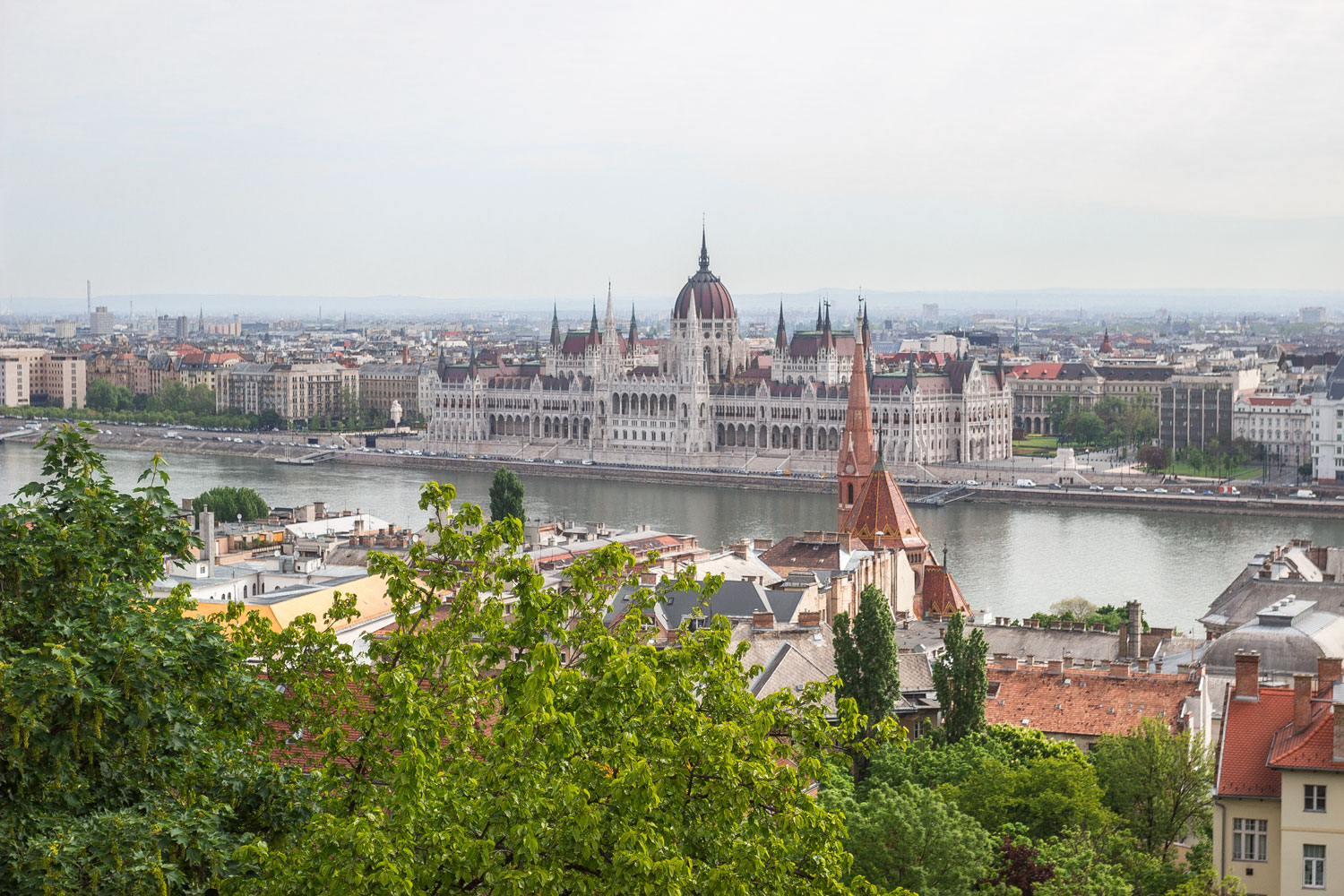
The streets in Buda. Some of the most expensive houses in the city.
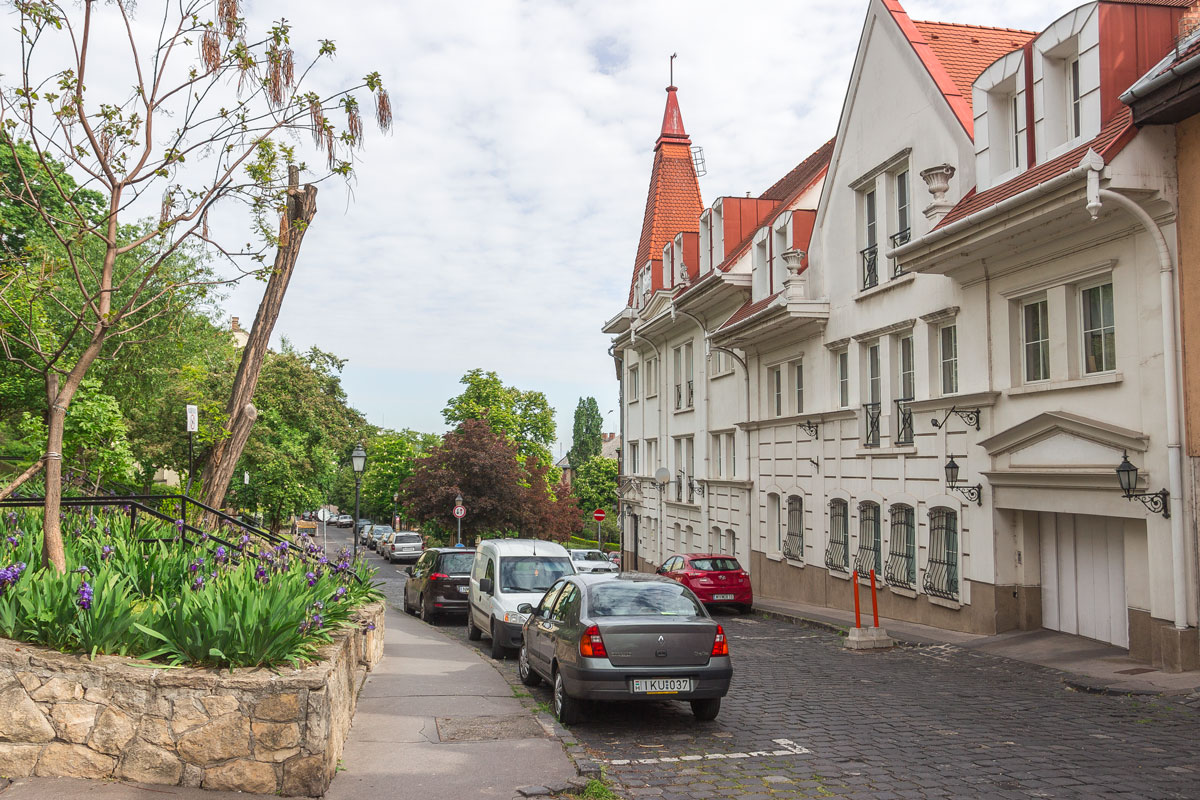
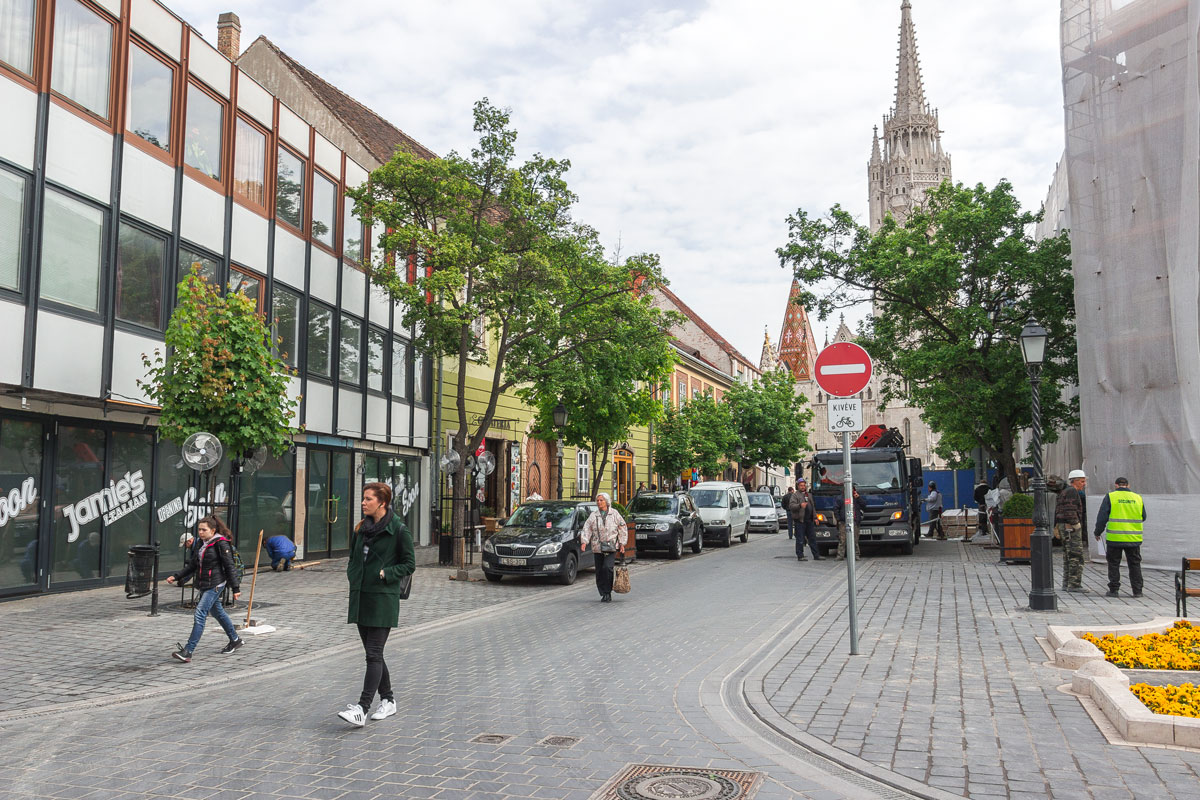
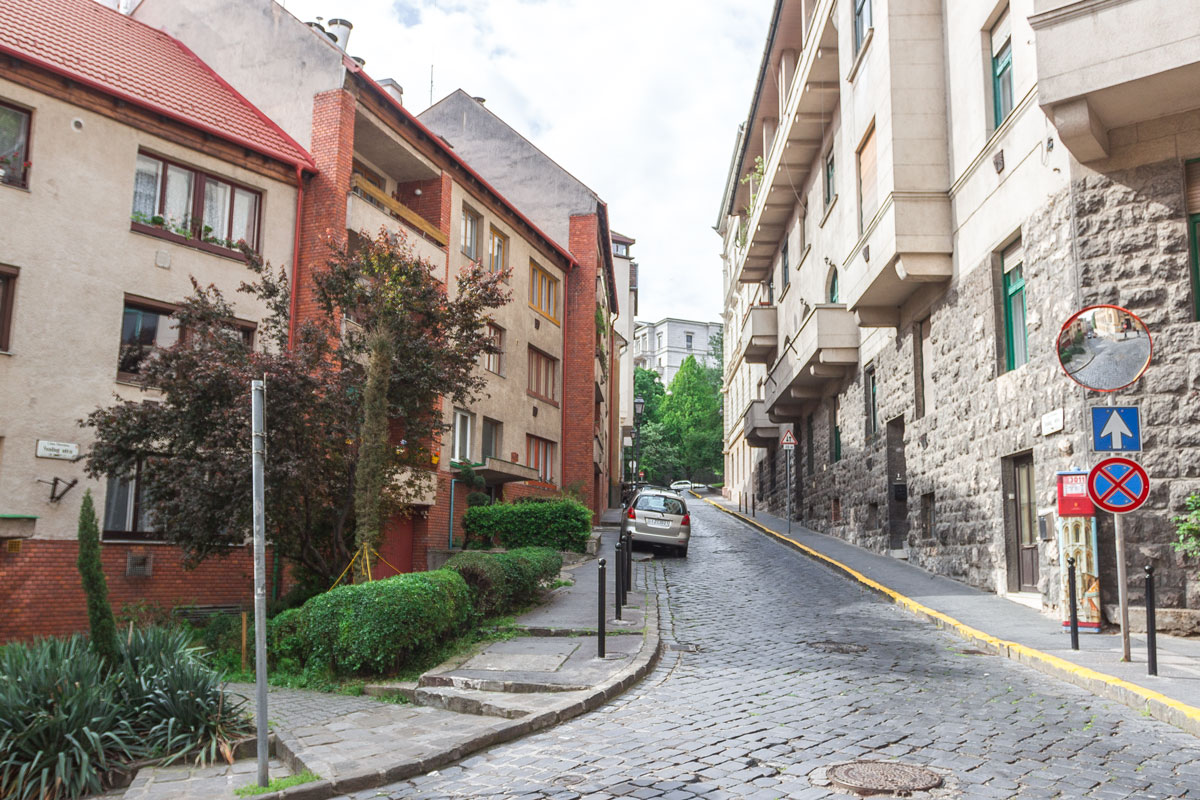
Cafes and shops.
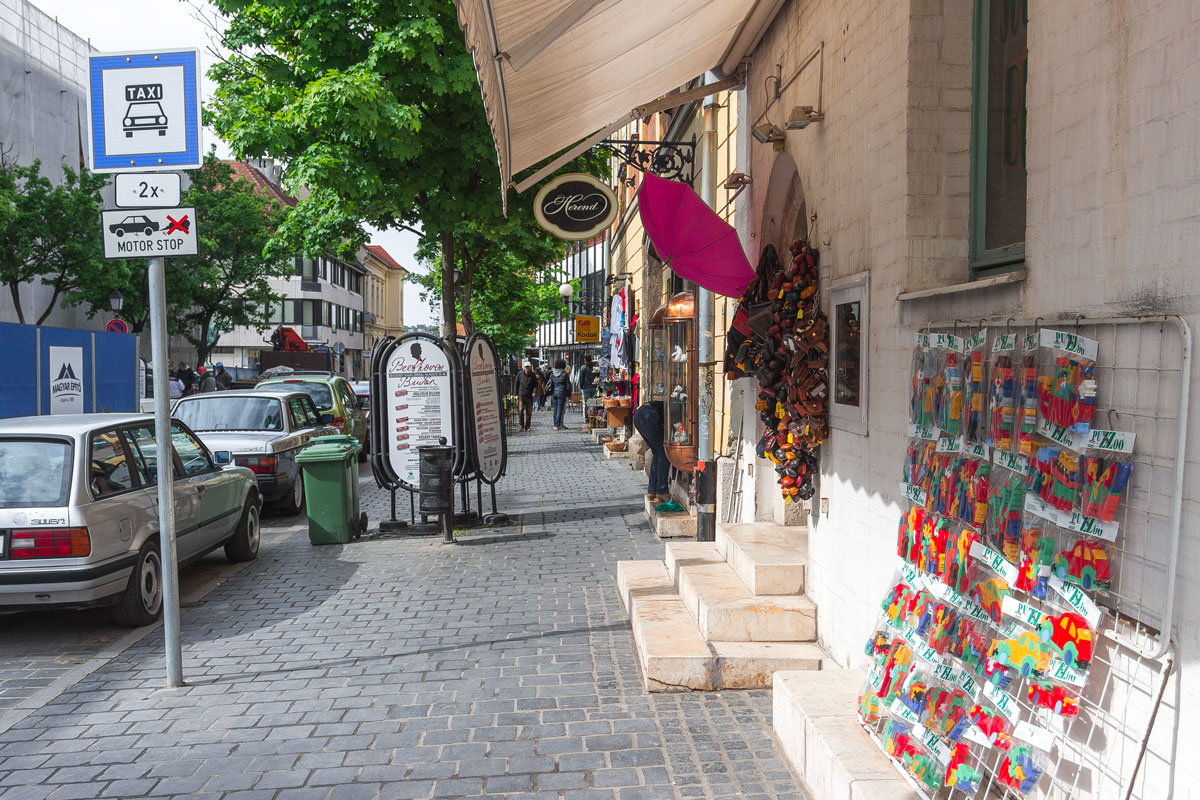

Just beyond the palaces, the city flows into hilly residential neighborhoods.
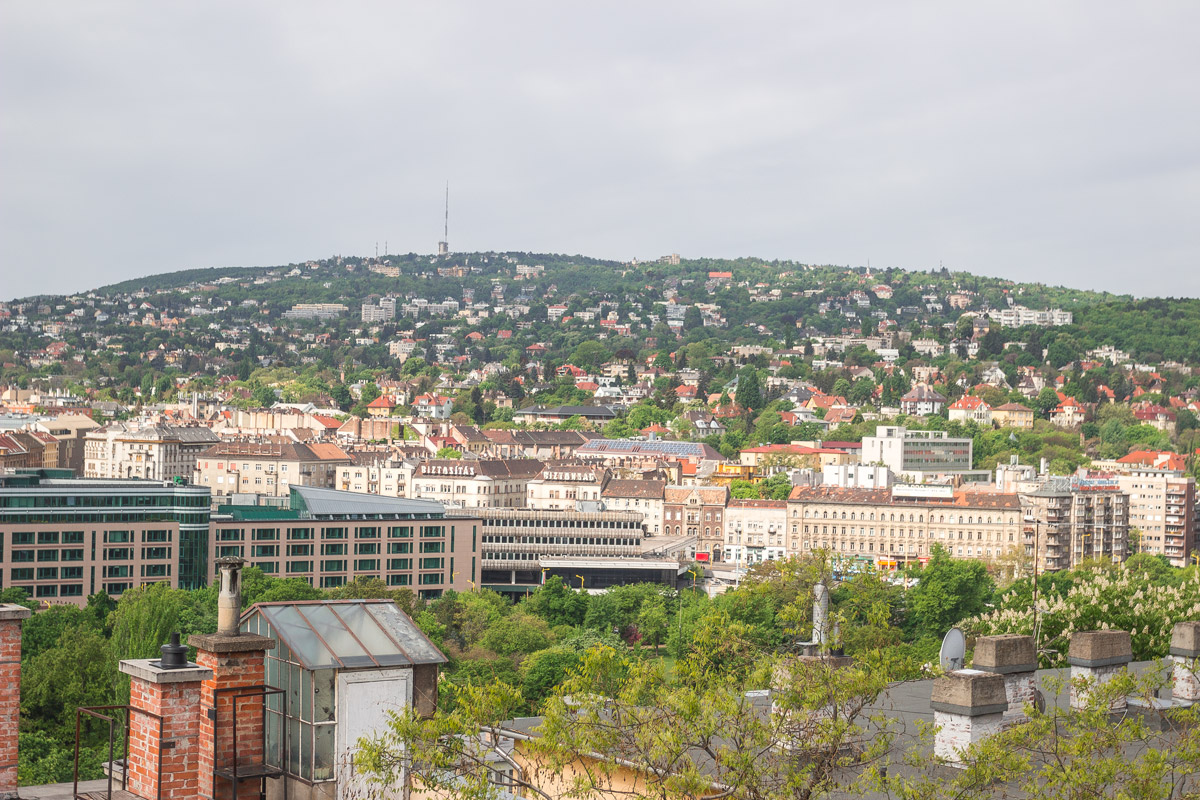
Residential Budapest somehow resembles the scenery from “The Old Pharmacy.”
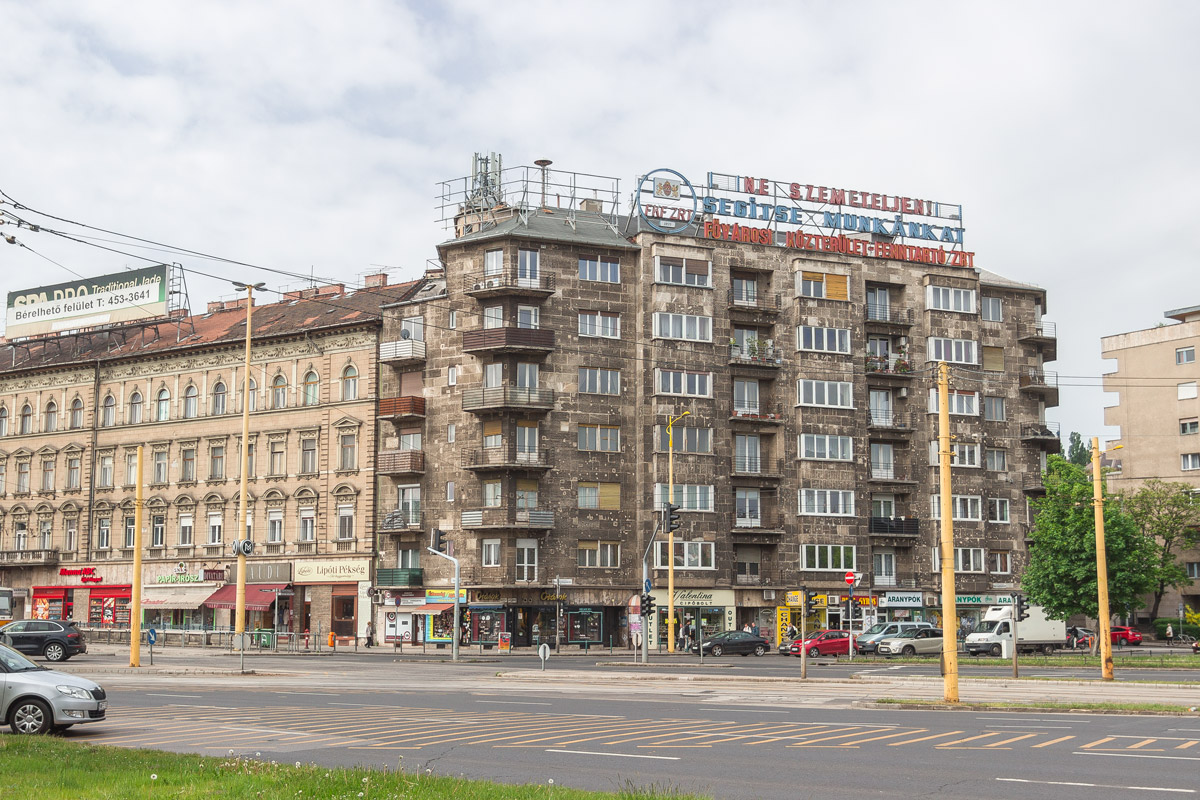
The outskirts, away from the city center, resemble Moscow more. Panel buildings are painted for appearance, the courtyards are slightly cleaner, and the parking lots are similarly cluttered.
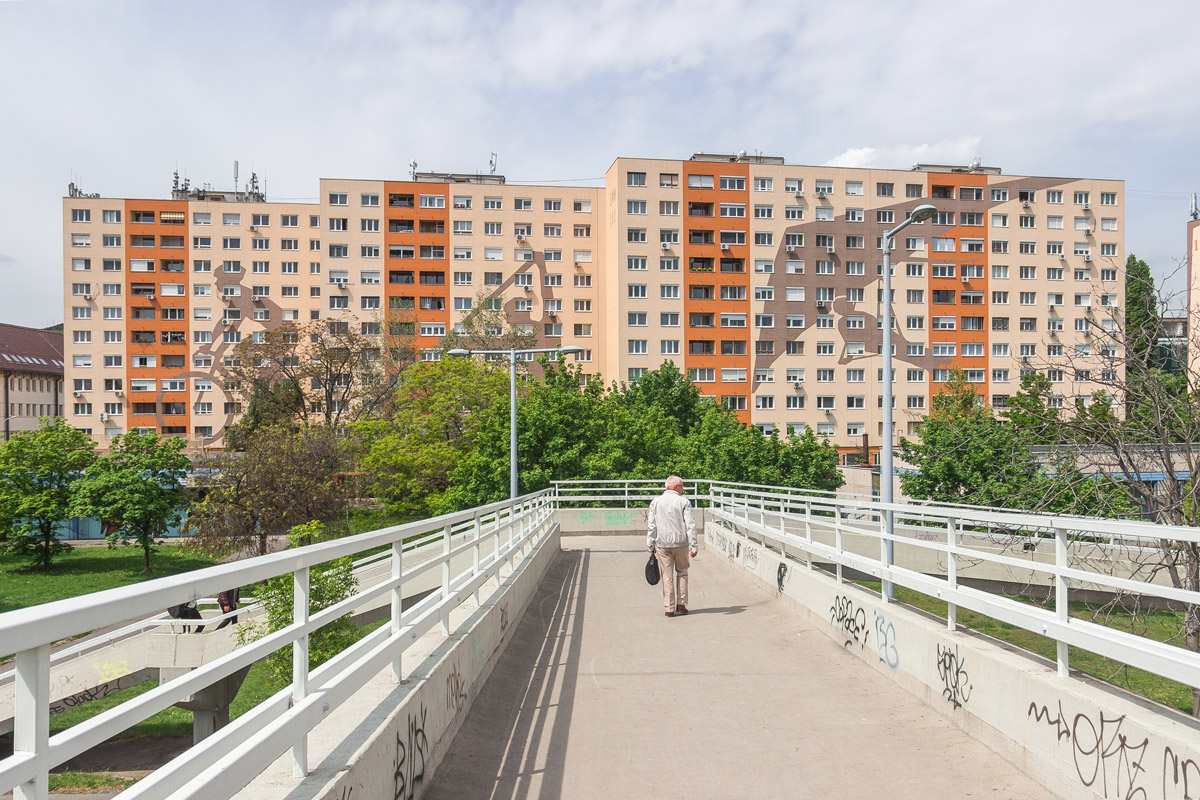
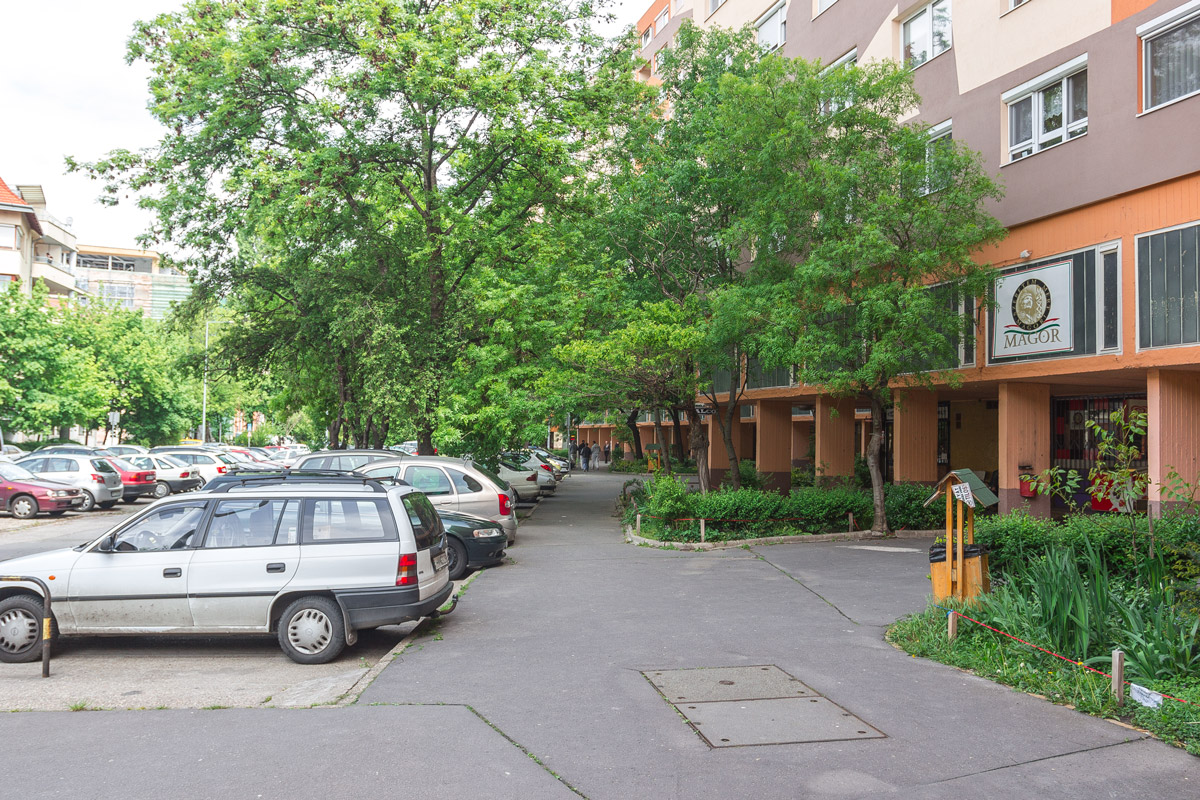
If you go even further away, Budapest starts to look very Russian, even the culture of street stalls here is the same.
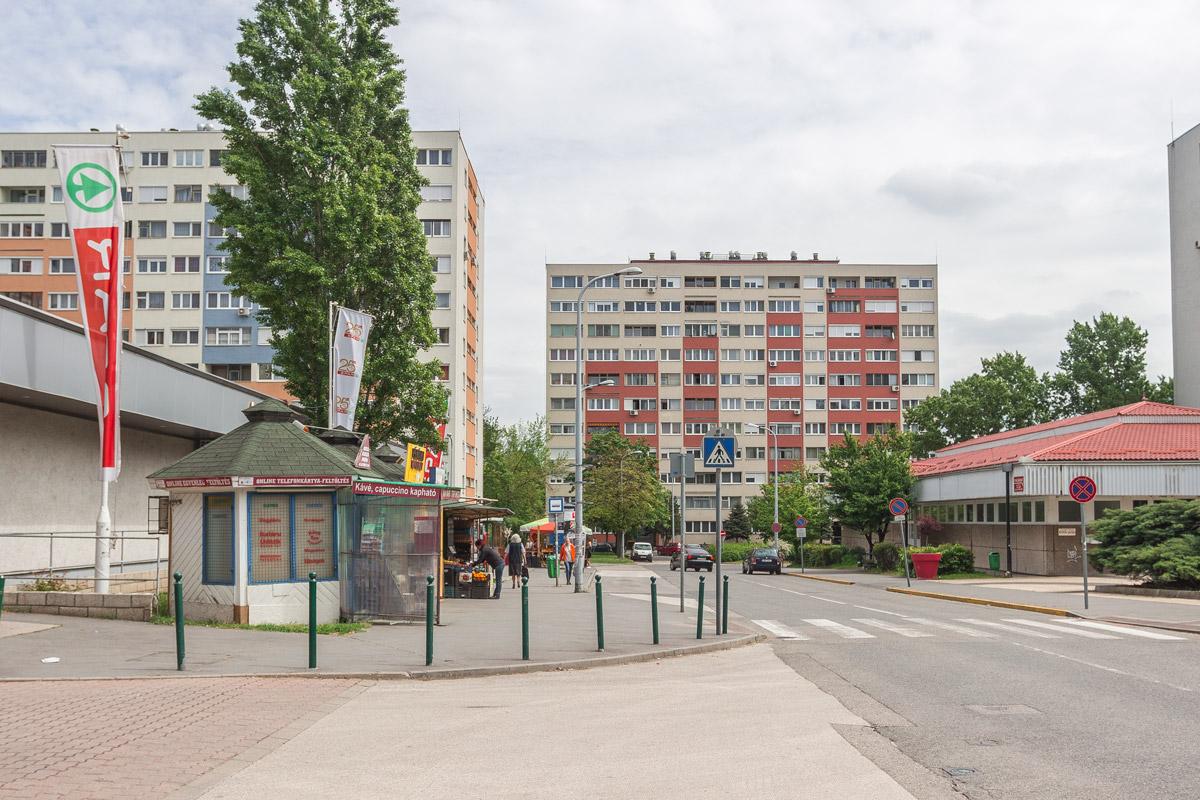

However, Russia has not yet reached the level of glass-enclosed entrances.
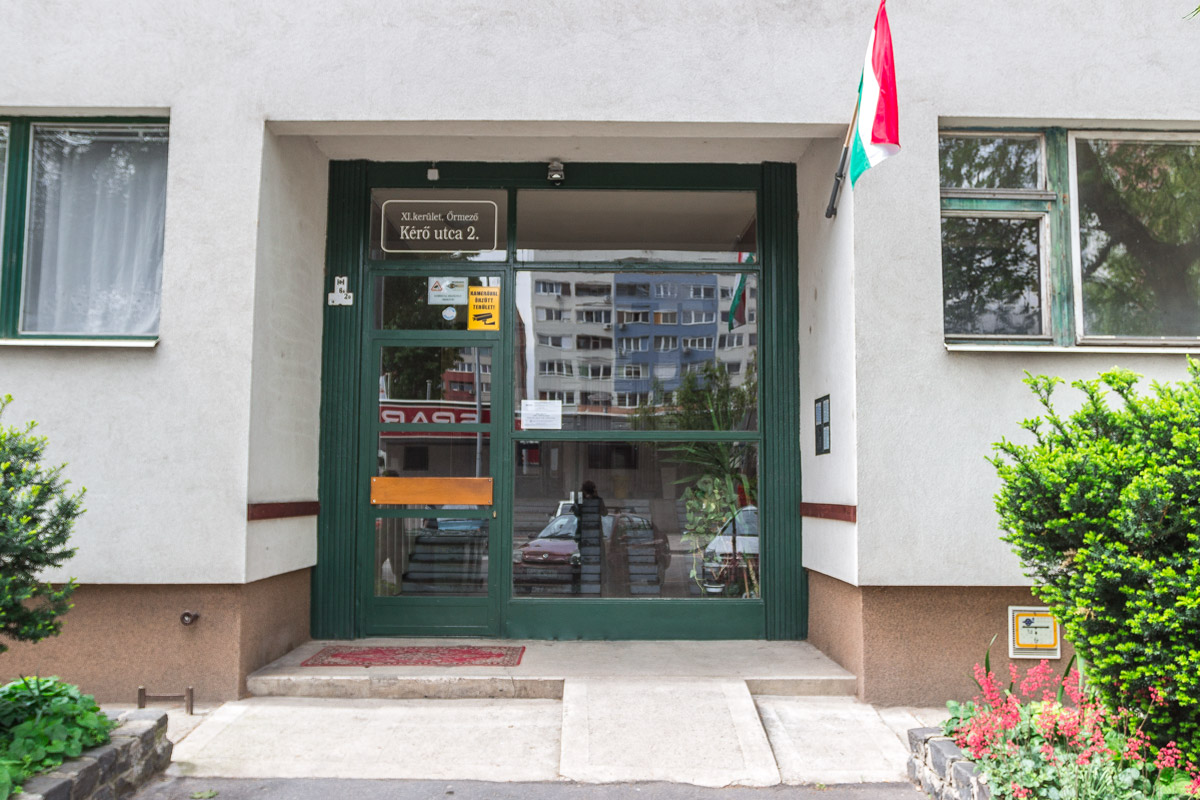
Budapest is architecturally diverse, including in its residential neighborhoods. Just as there were high-rise buildings a moment ago, across the street, you can find rundown older constructions.
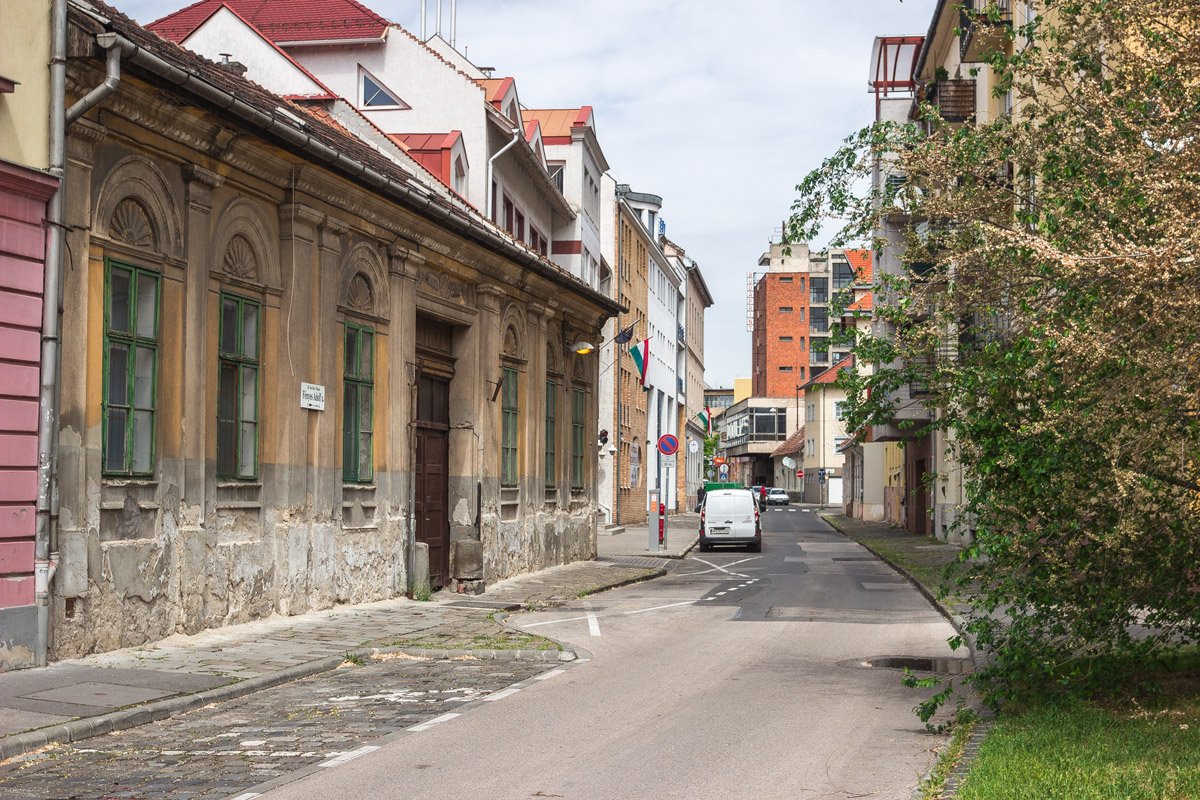
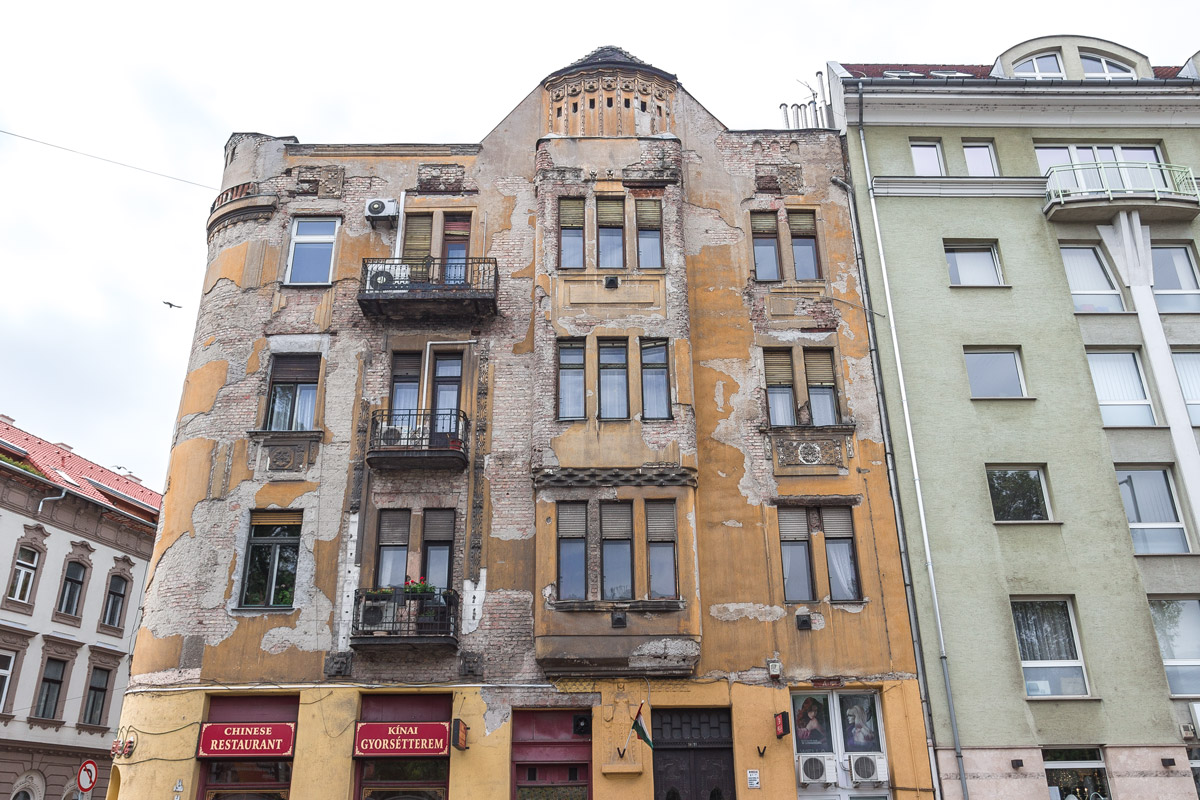
Life.
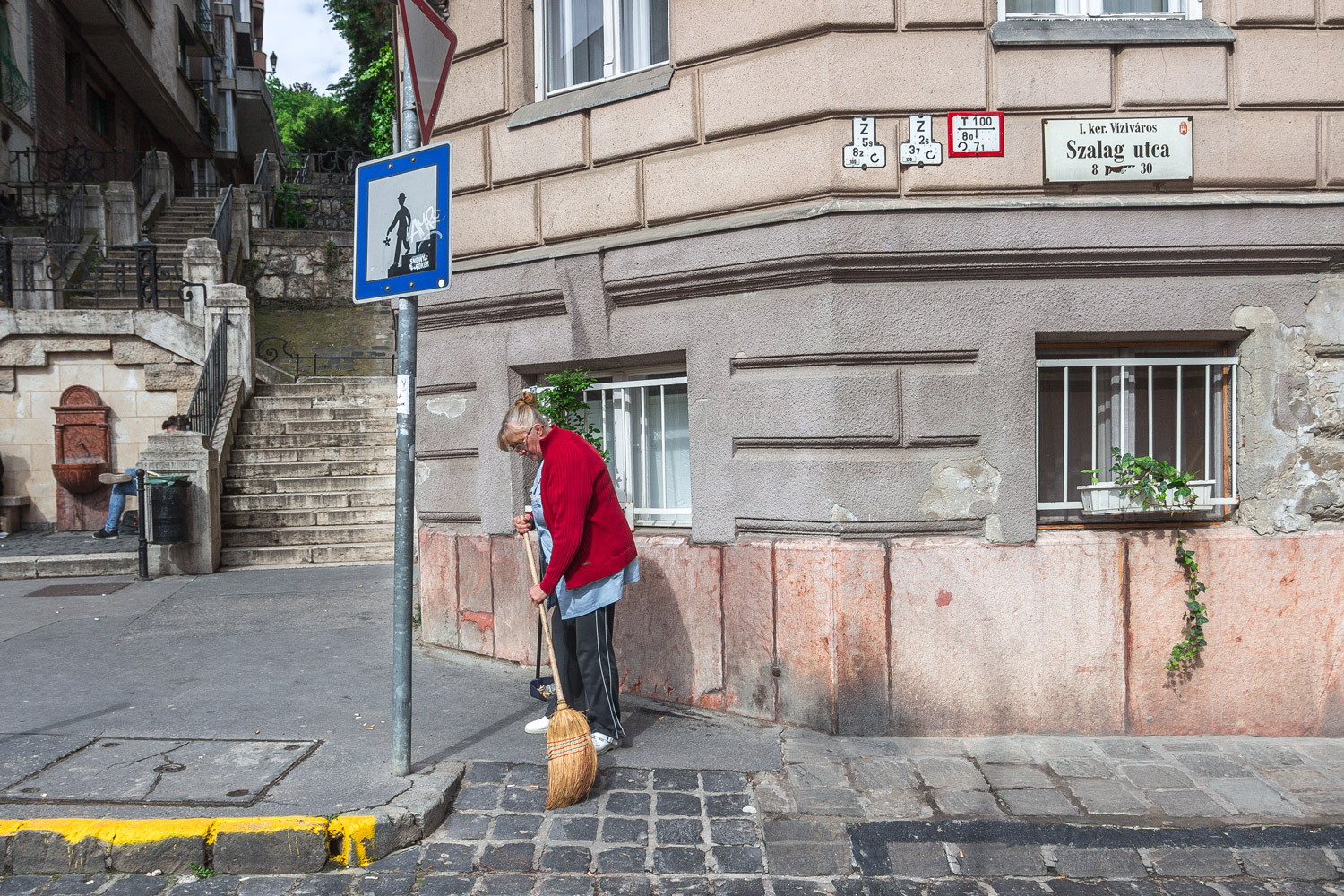
Phone booth.
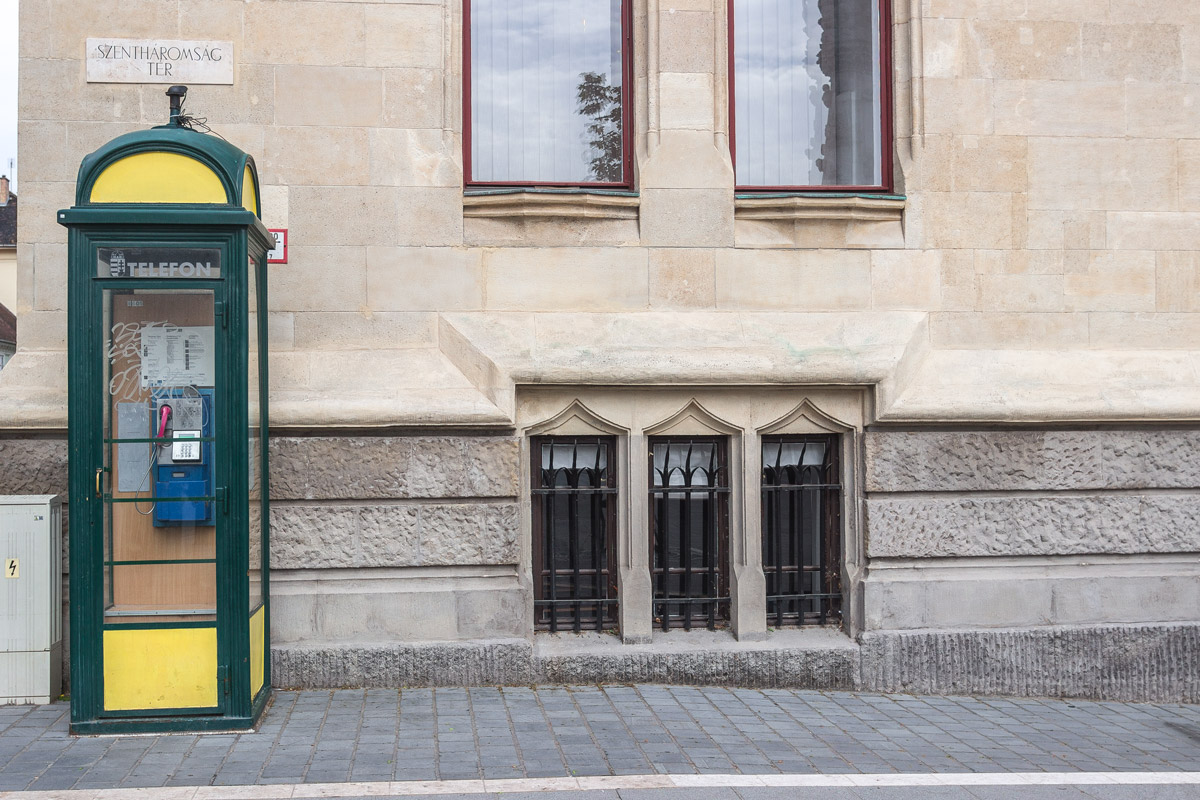
Some kind of main castle.
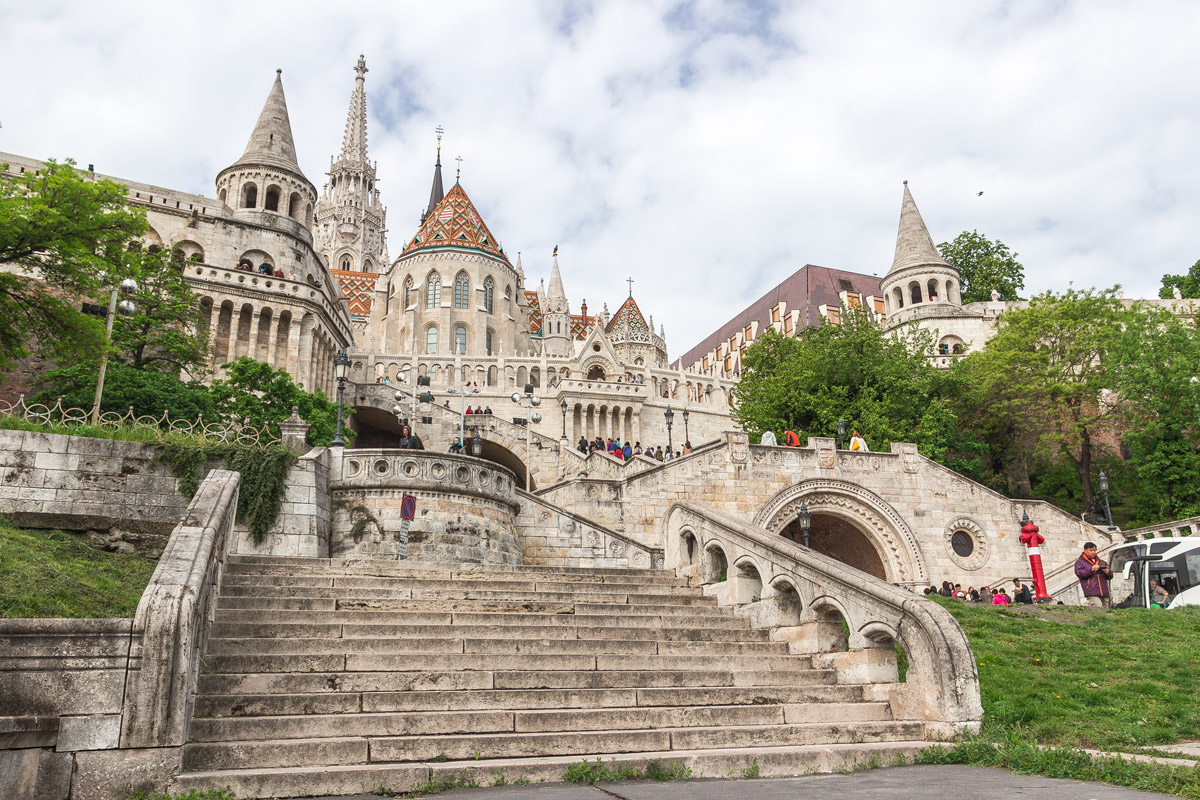
Some kind of main church.
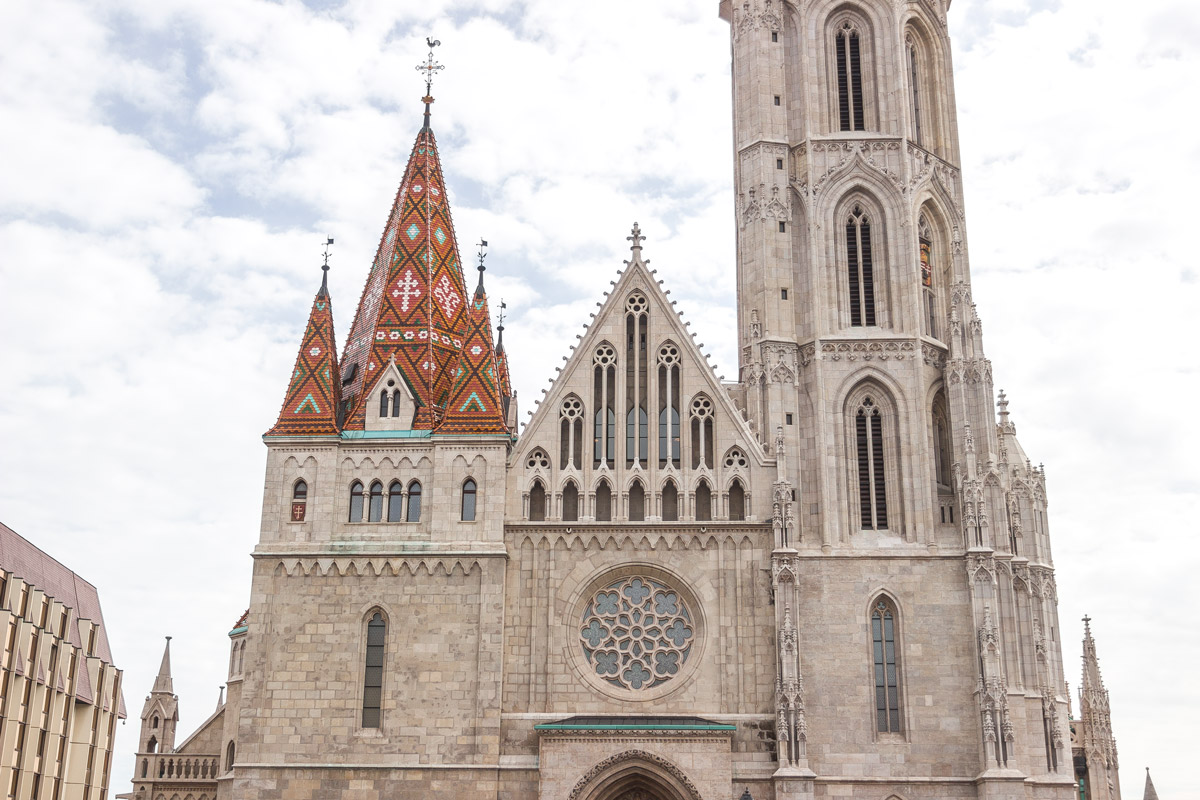
Street with antique architecture.
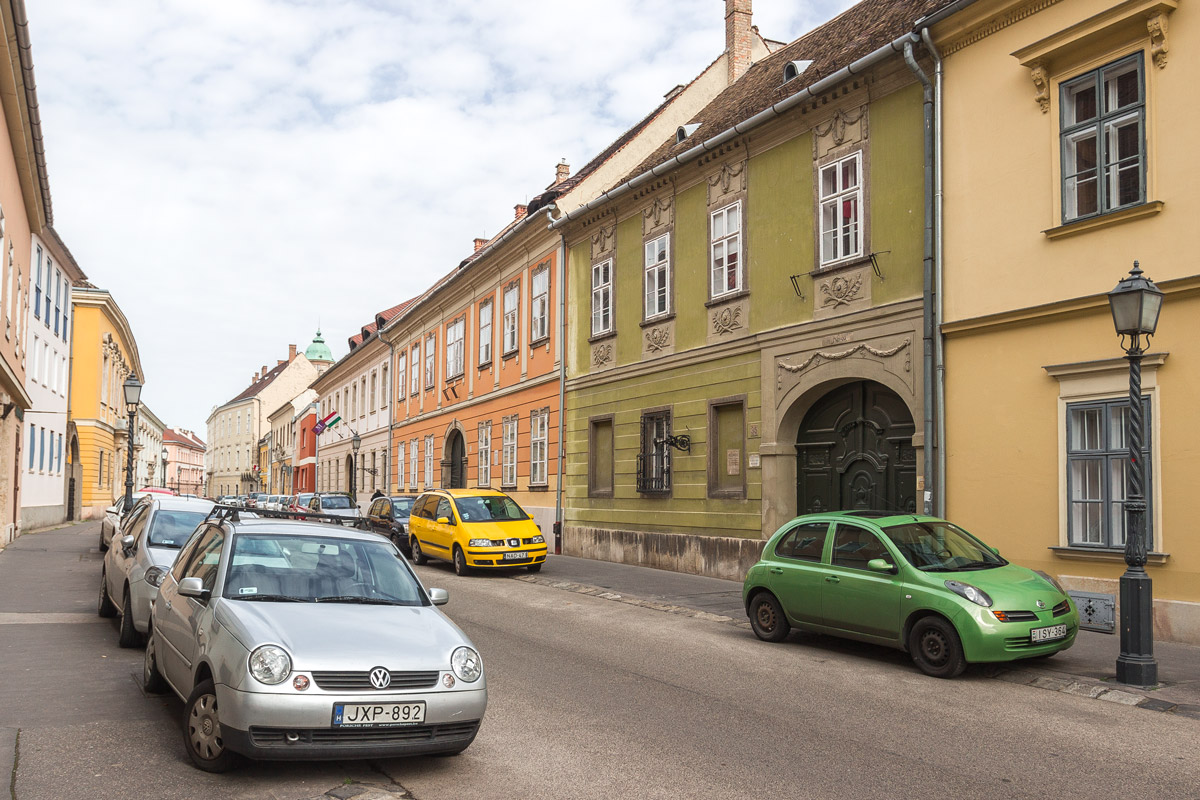
In principle, Buda ends here.
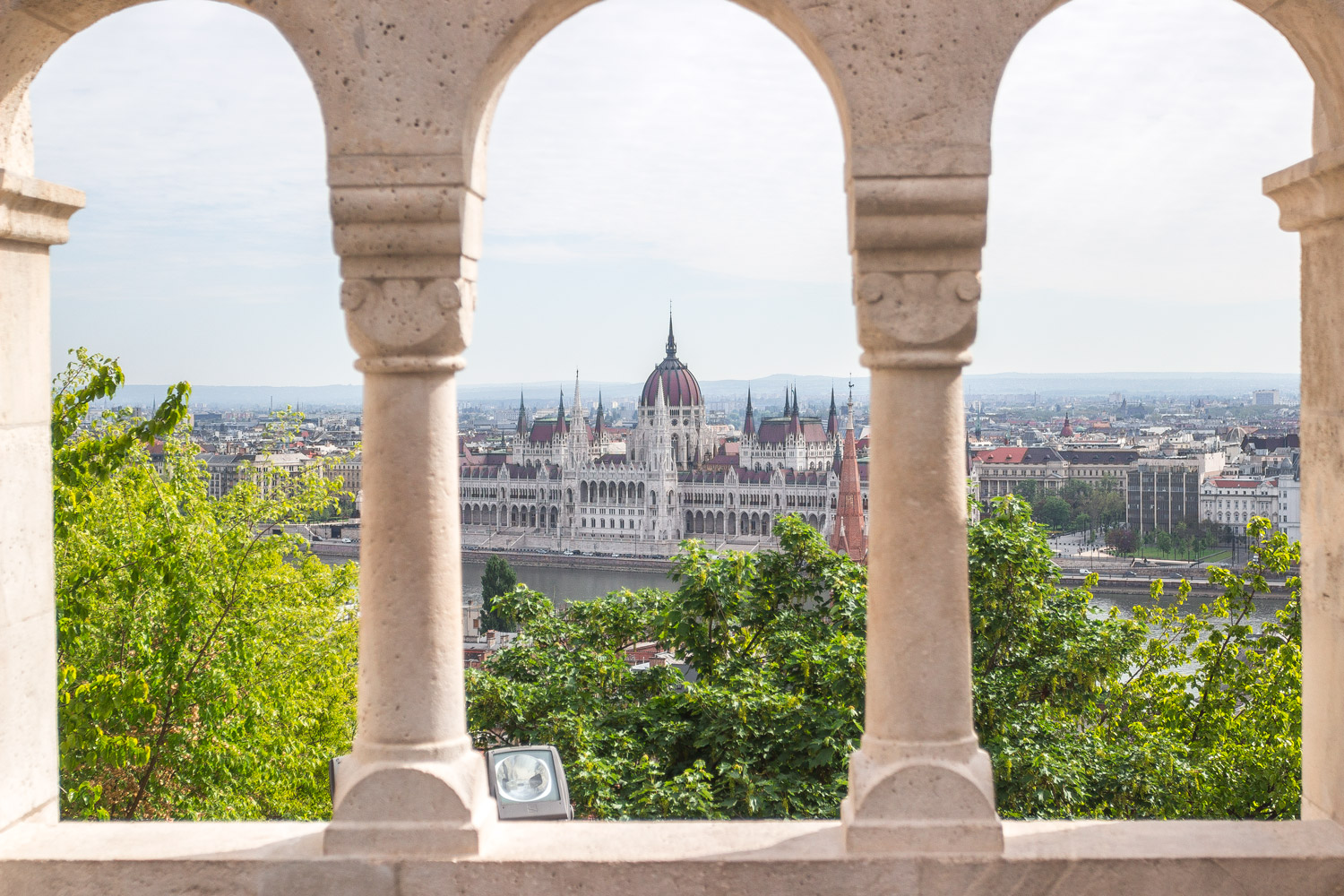
Pest
The center of Pest somewhat resembles Rome.

For some reason, everyone likes Buda, but there’s absolutely nothing to do there. All life takes place in Pest.
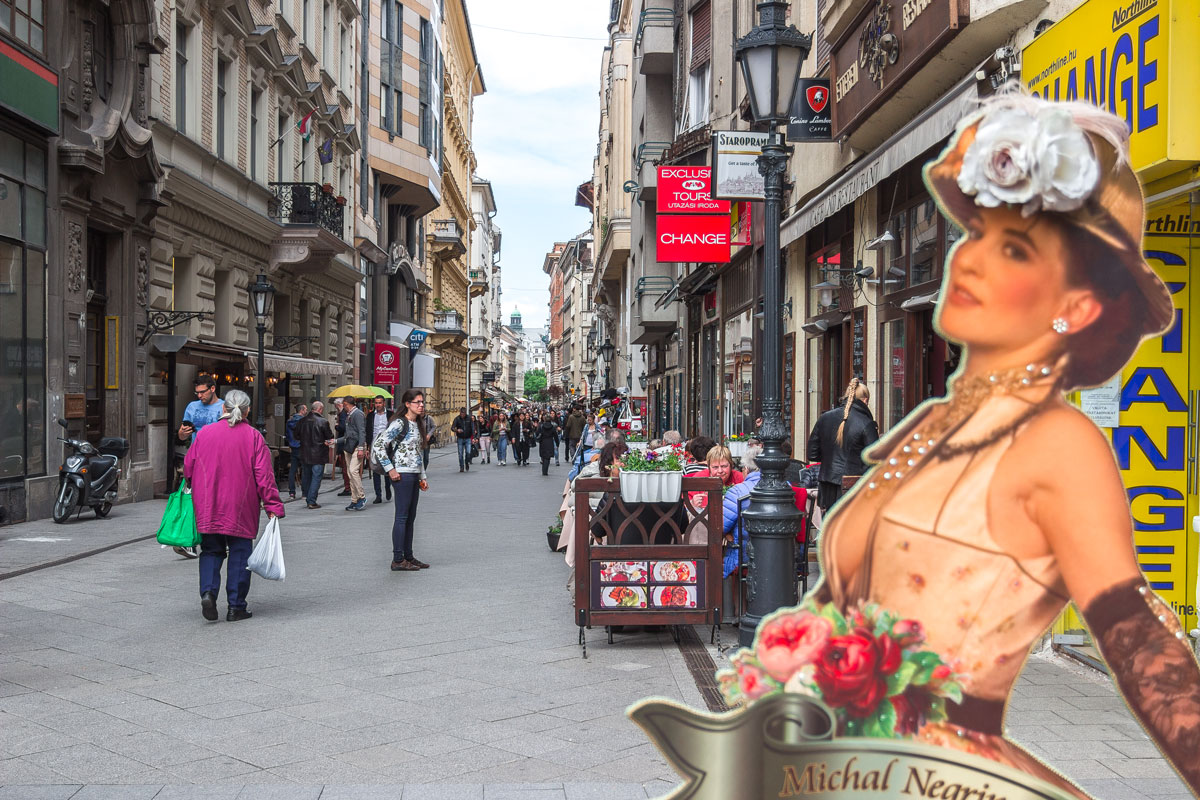
Restaurant in the center.
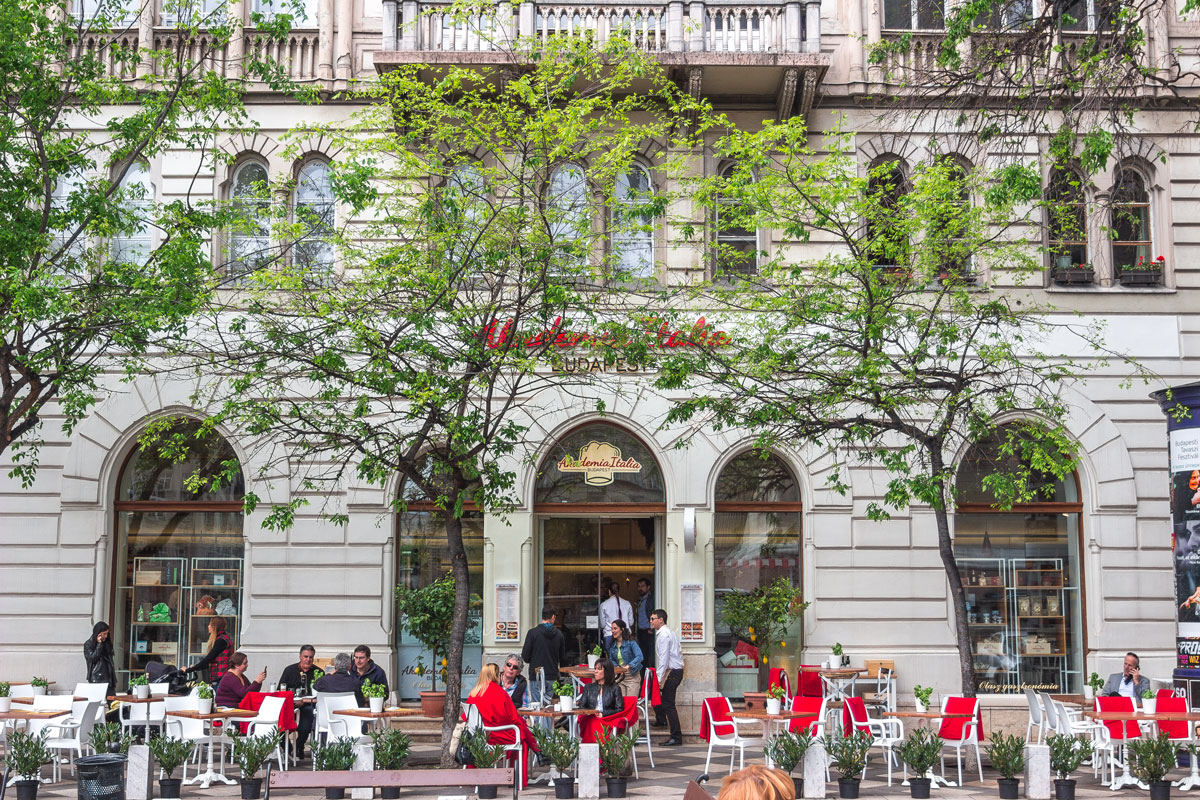
Streets.
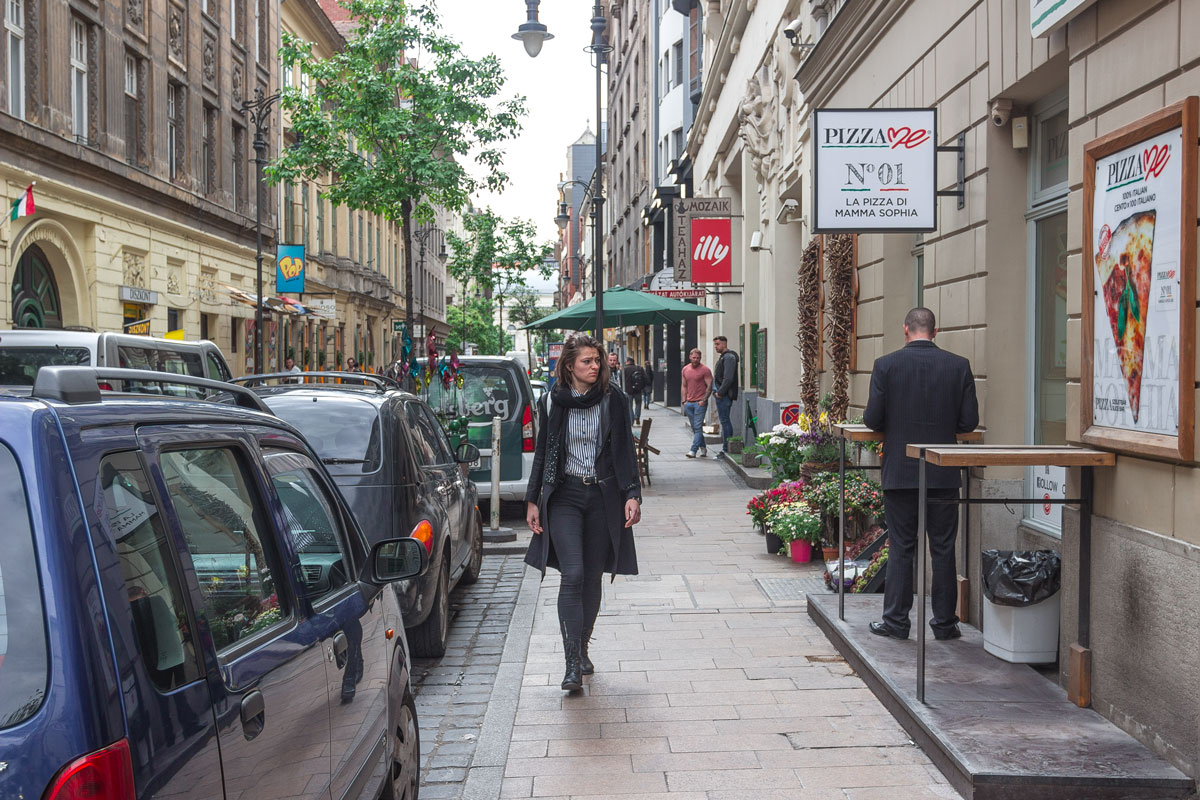
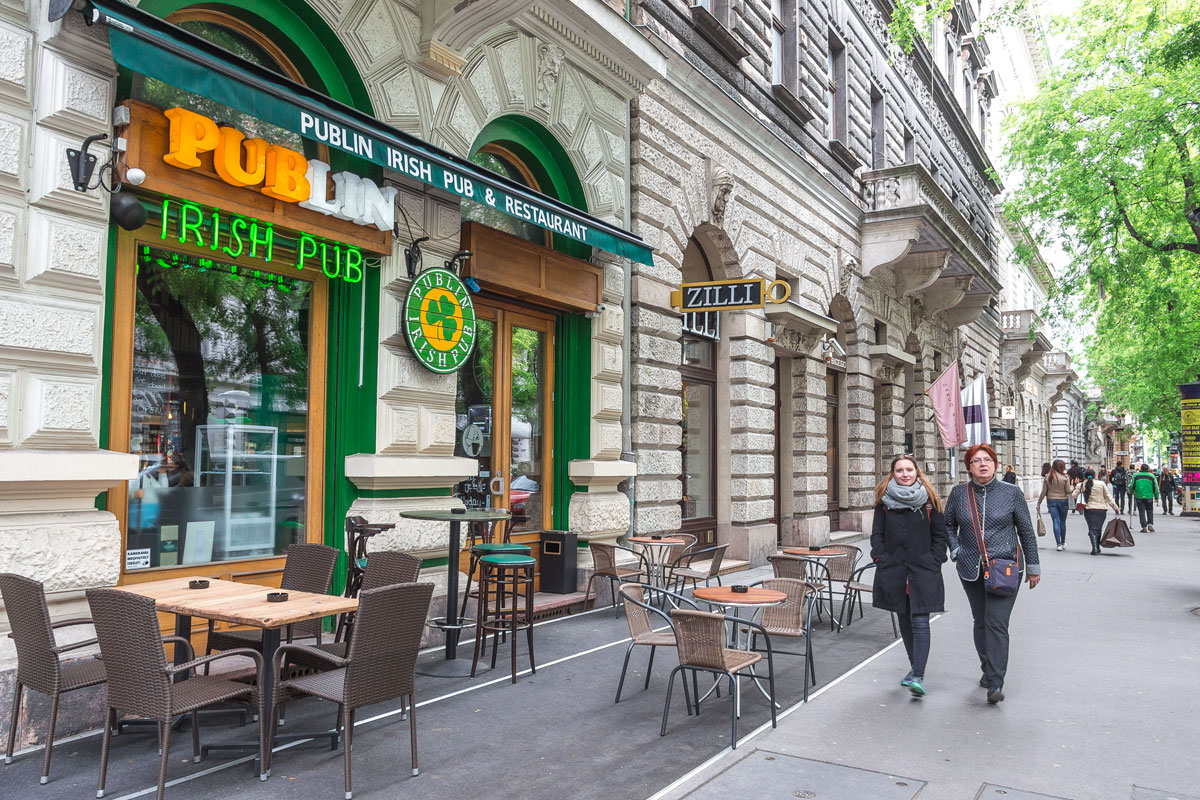
Street cafes.
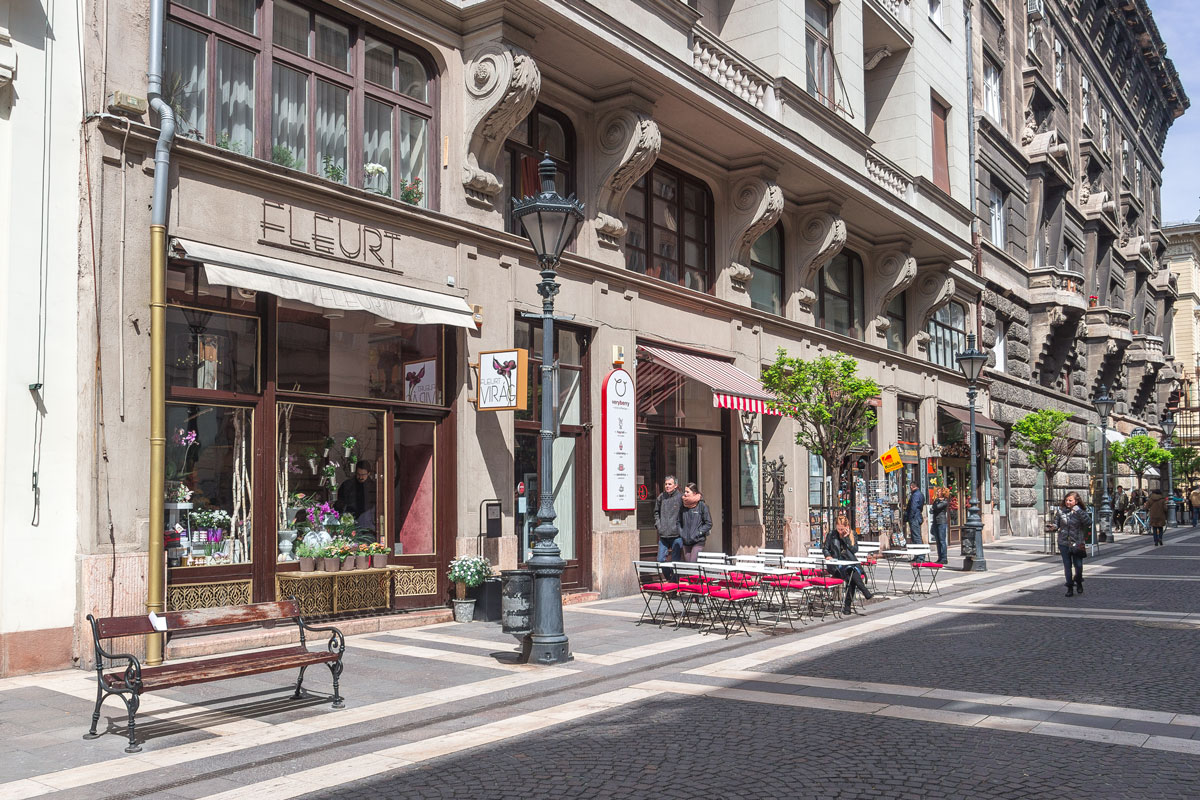

The most wonderful thing about Budapest is the small shops and cafes on the ground floors.
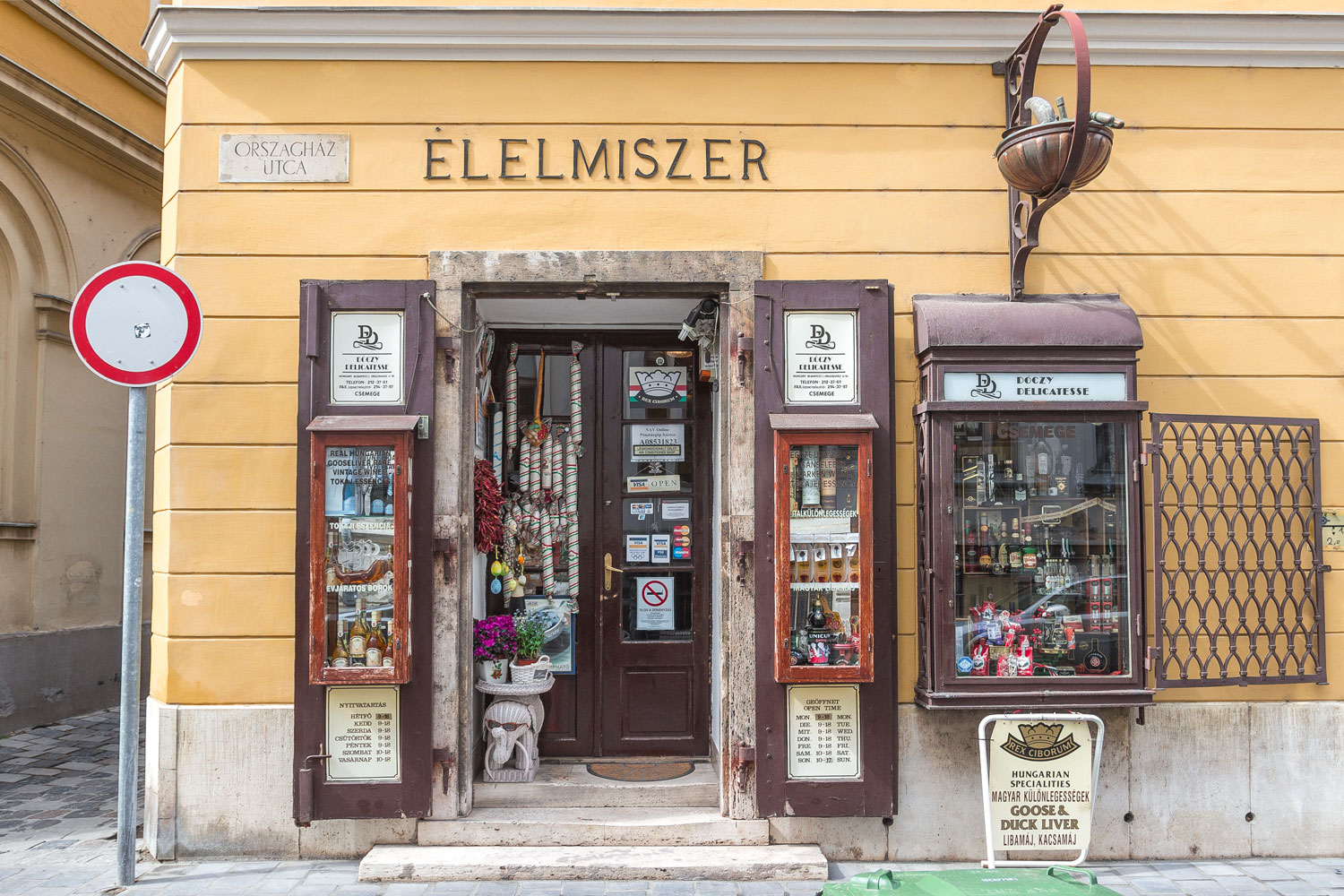
It has a completely ordinary design, but for some reason, you feel like entering each one. Perhaps it’s because the doors and windows are literally squeezed into the walls. It feels cozy.

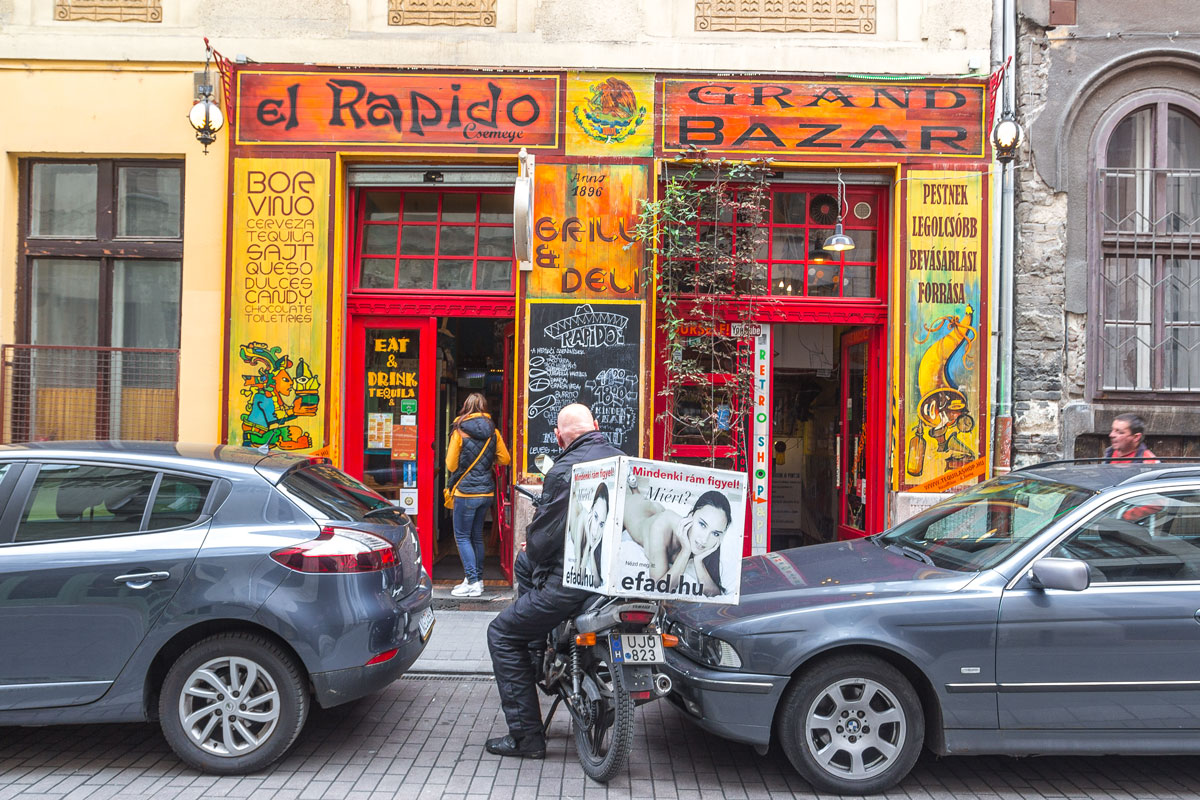
More streets.
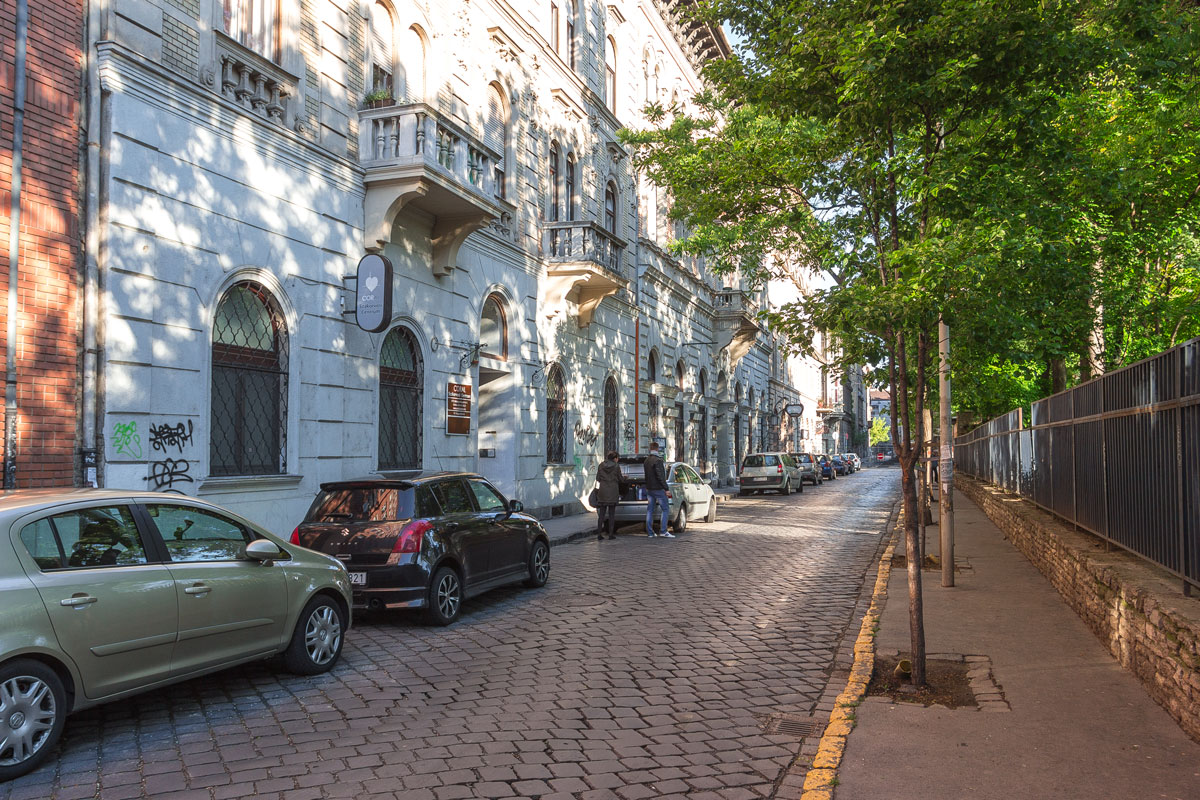
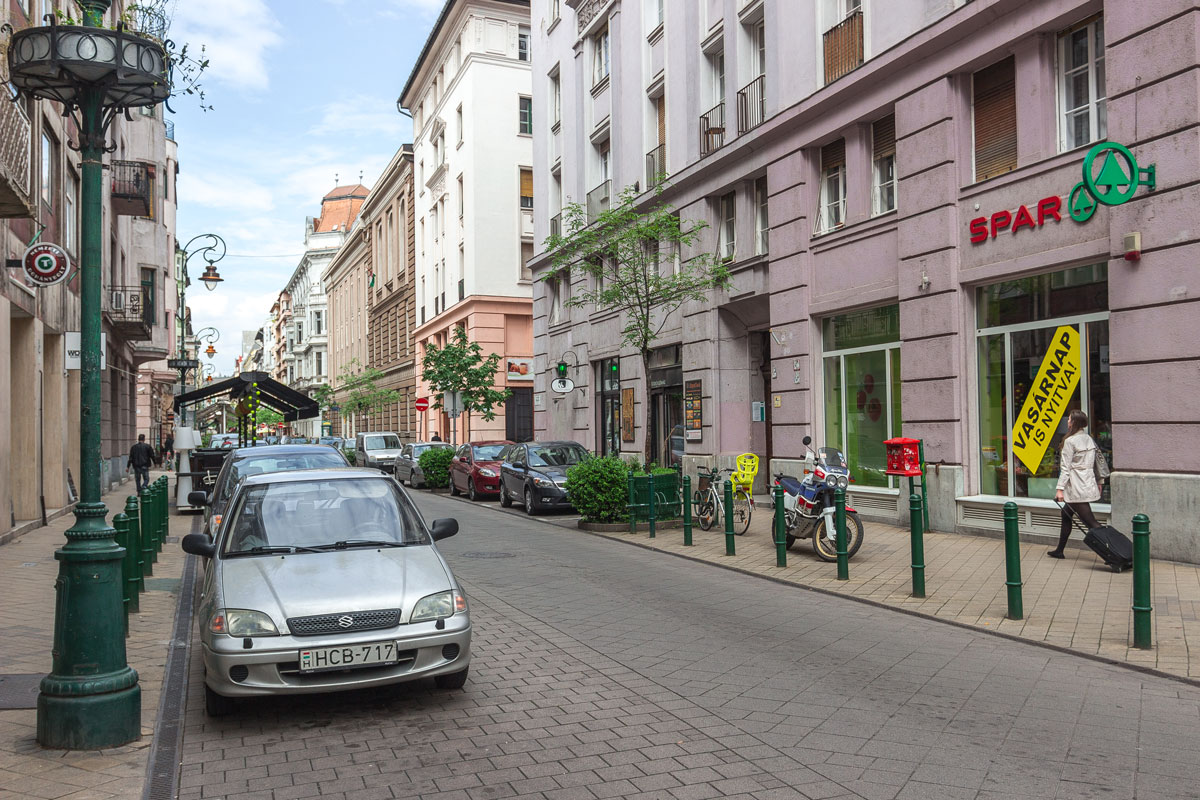
Bicycle parking.

Street signs.

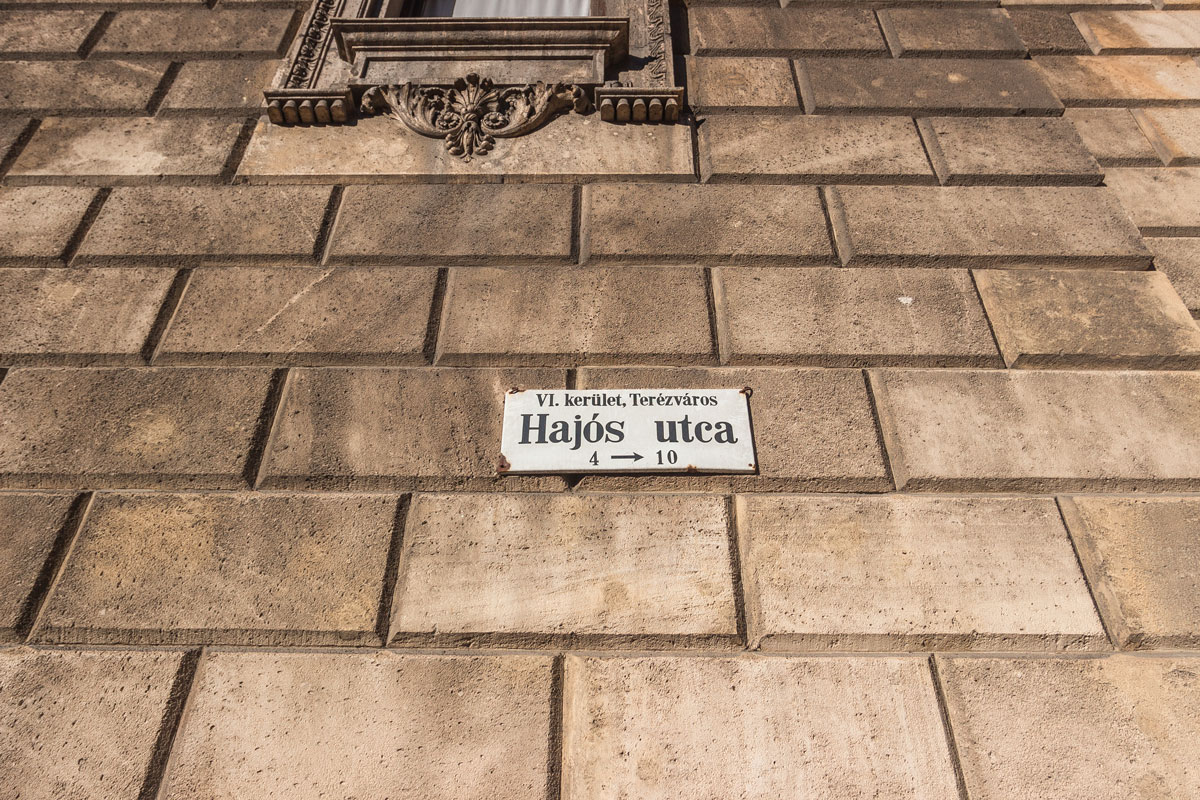
In Hungarian, “street” is “utca”.
The Hungarian language is a true gem. This mixture of Finnish and Udmurt with who knows what else somehow ended up right in the heart of Europe. It’s very fascinating to play guessing games with it.
For example, the inscription on the market building: Vasarcsarnok. At first glance, it bears no resemblance to a market. Later, it becomes clear that “vasar” comes from “bazar”.

The architecture of Budapest is one grand attempt to surpass Vienna. Every building is twice as lavish and dense as in the Austrian capital.
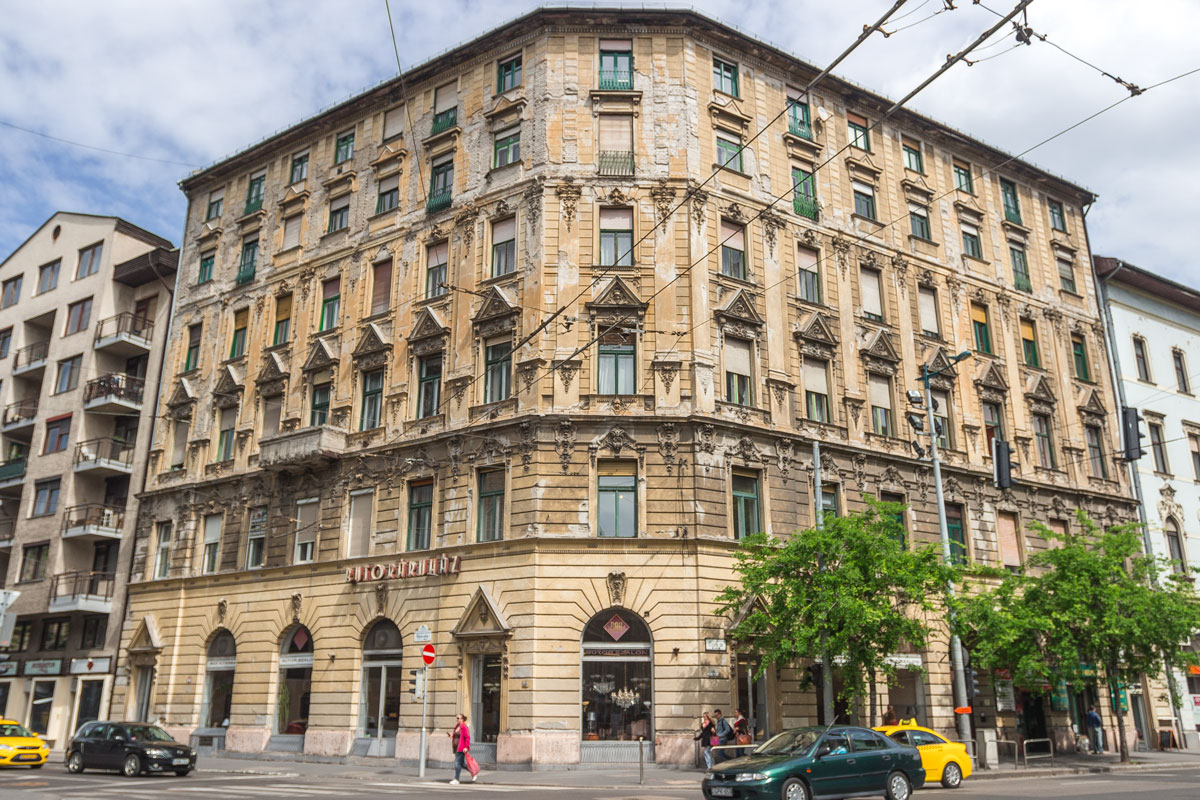
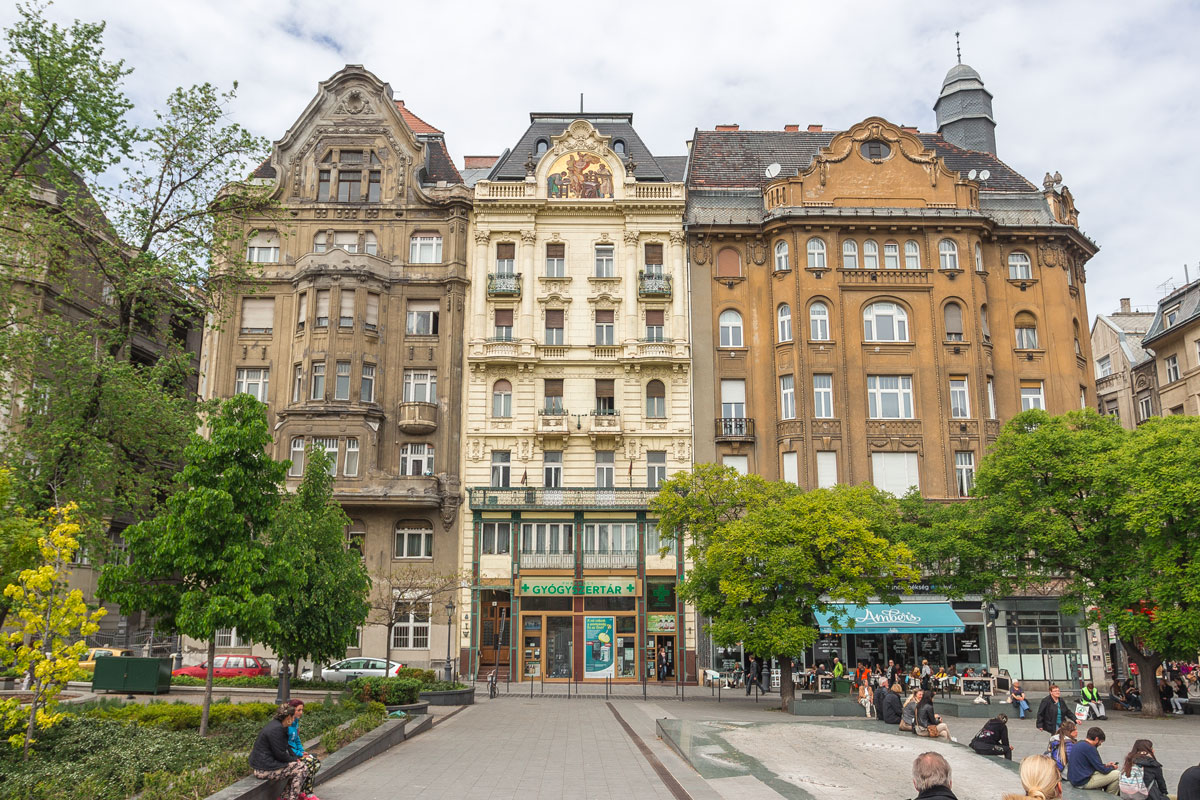
However, there is also more dilapidation. In Vienna, there are also plenty of dusty windows and peeling walls, but in Budapest, you sometimes come across really bad neighborhoods.
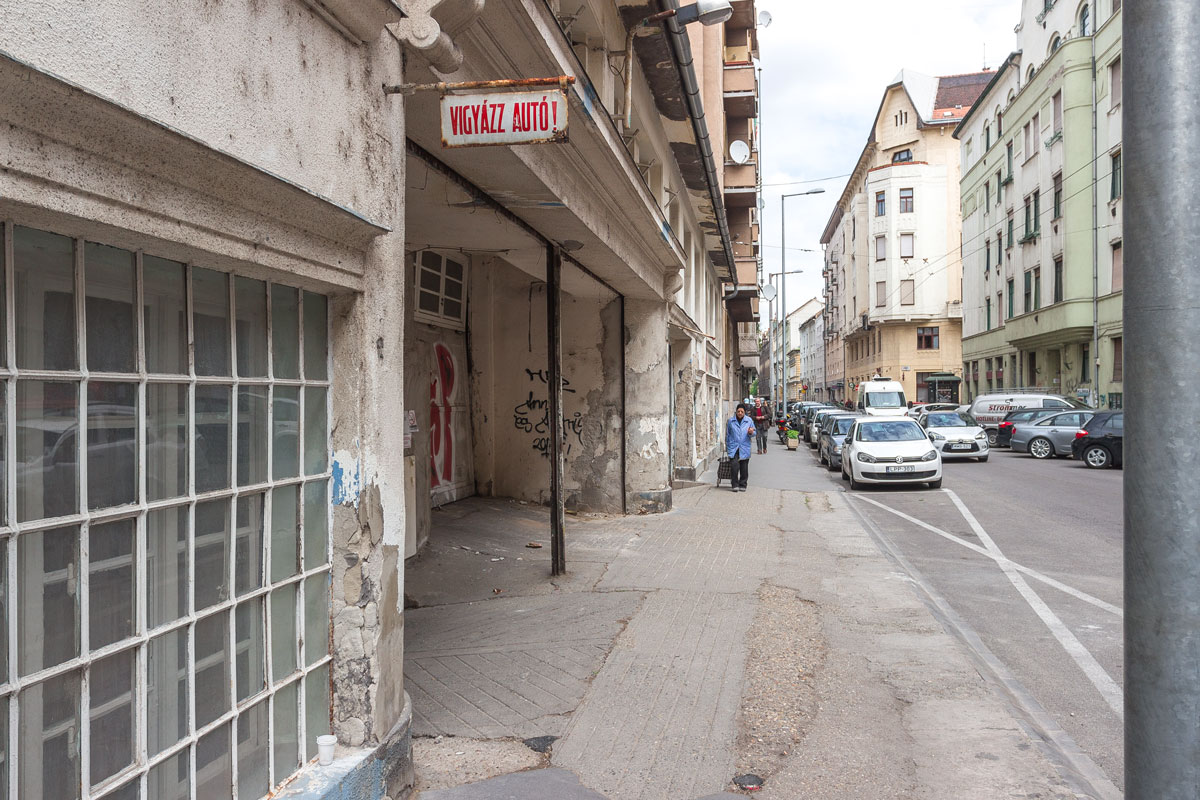
Here stands an excessively lavish house.

And here’s what is in the backyard next to it.
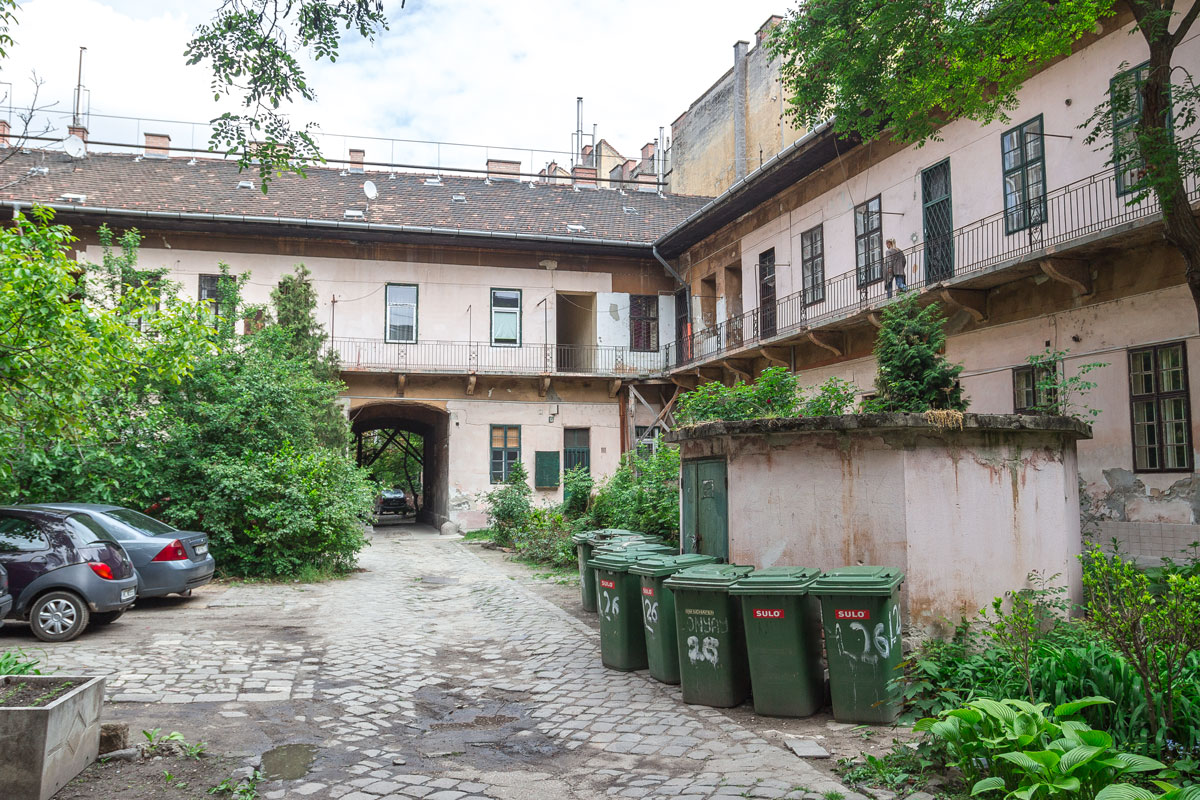
The opera building.

The train station.
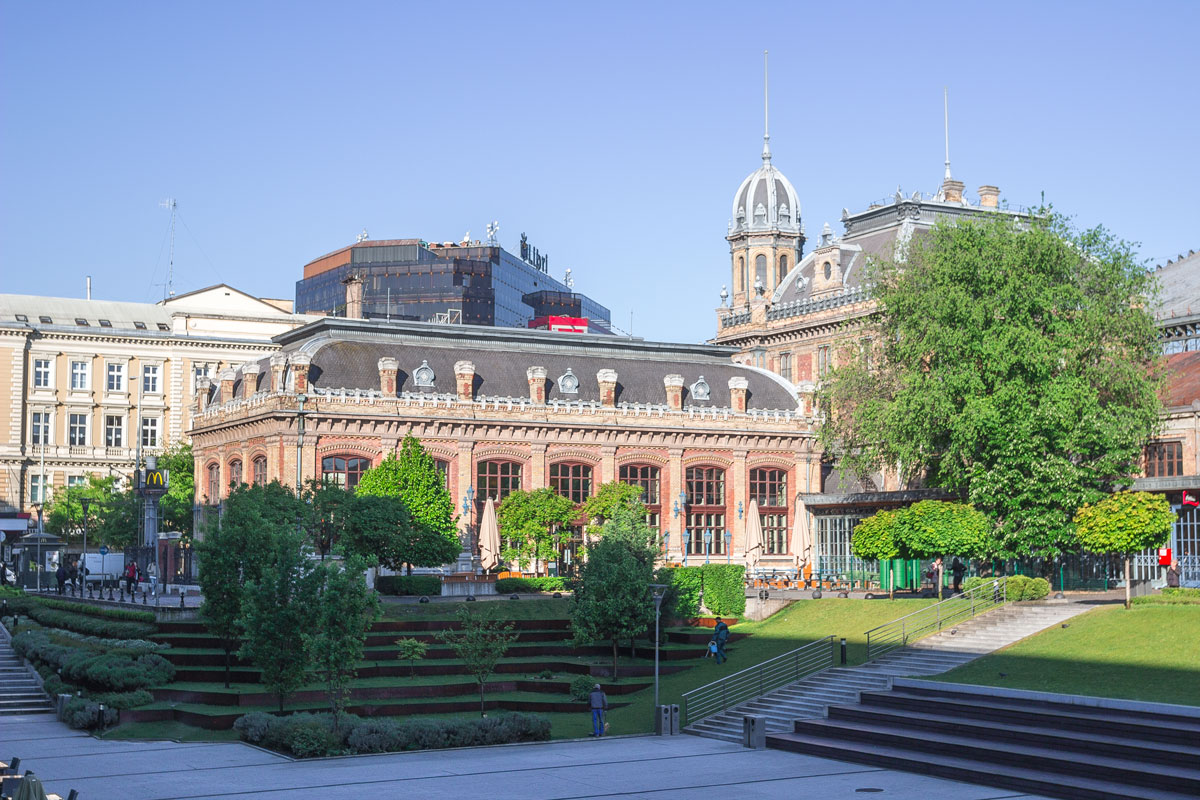
Inside the train station. It evokes London.
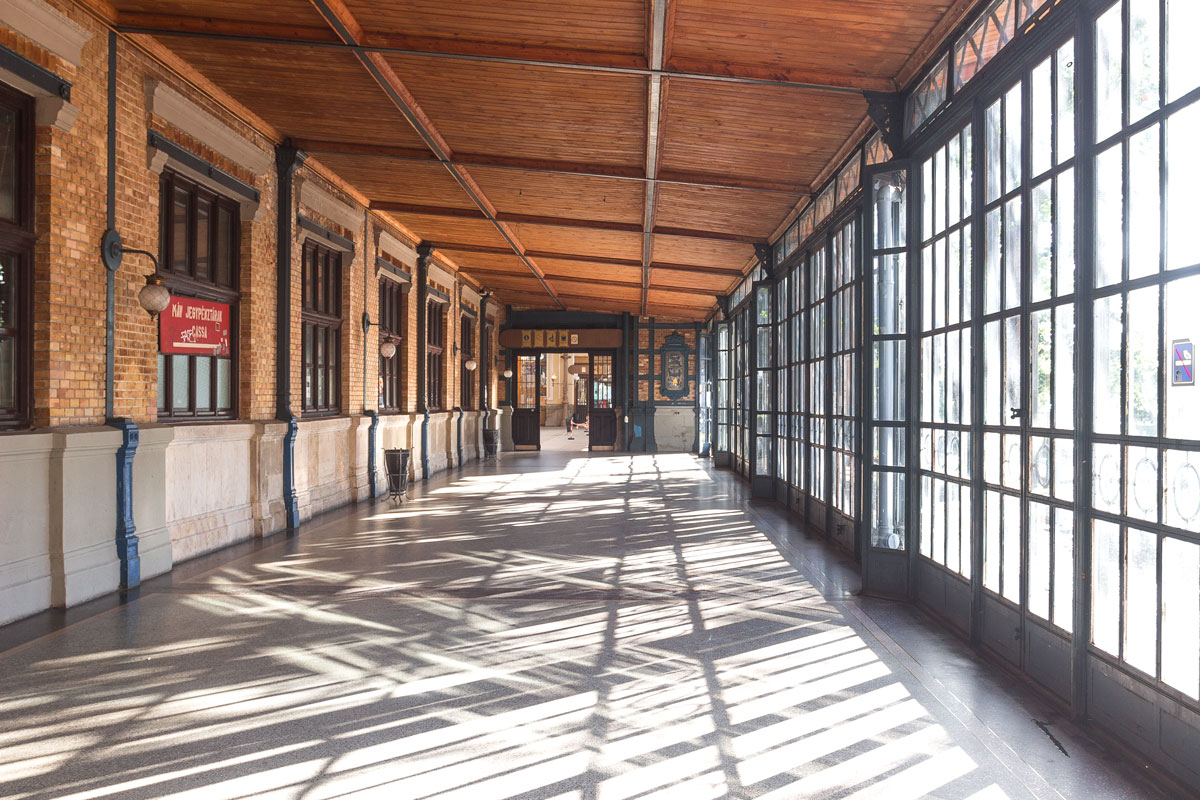
The Central Market. The most beautiful market building in the world.
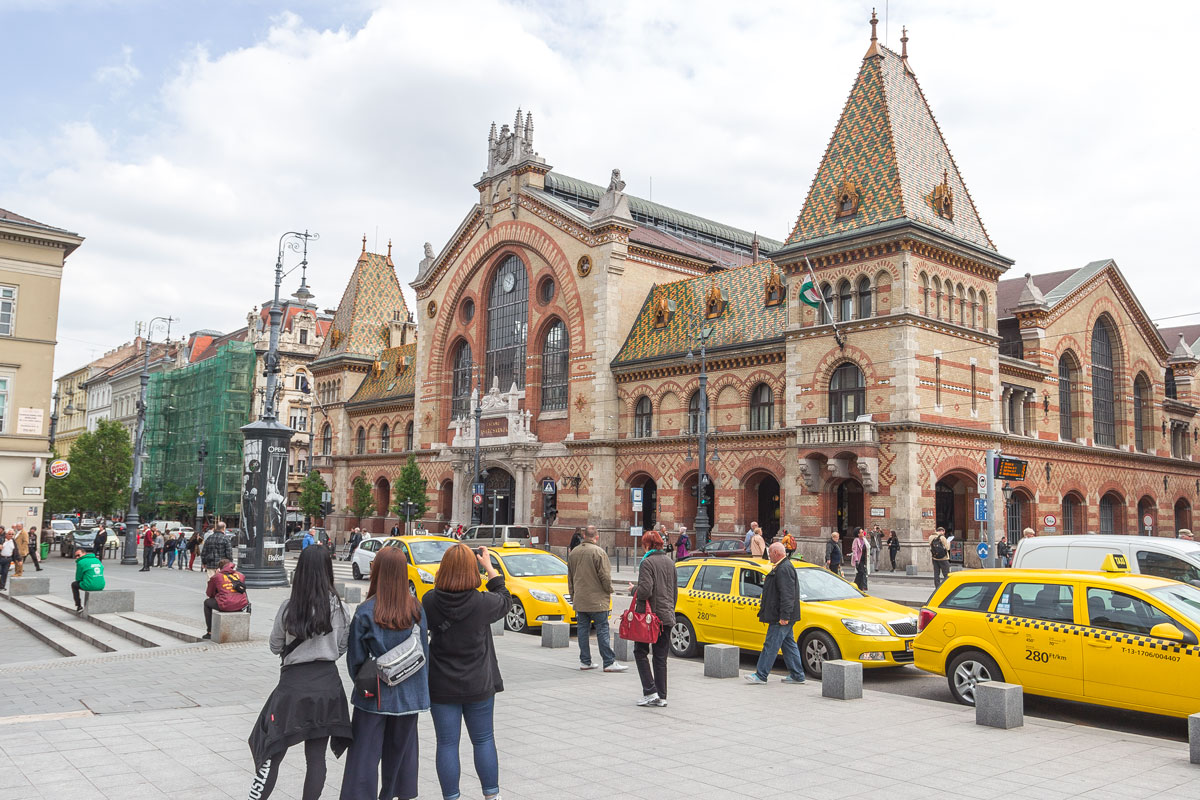
Inside is a luxurious two-story pavilion.

Anything can be found for sale: vegetables, fruits, meat. Sometimes long queues form at the counters, following the communist tradition.

Prices in local forints are quite low.
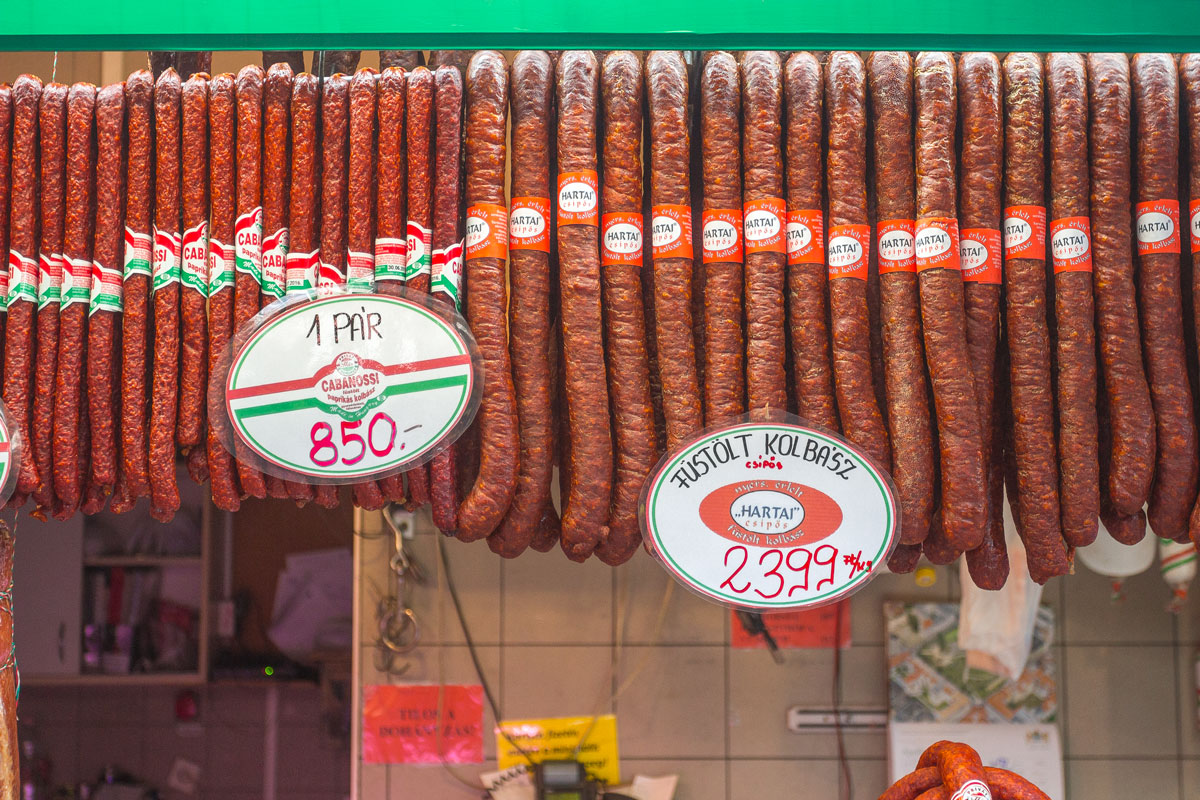

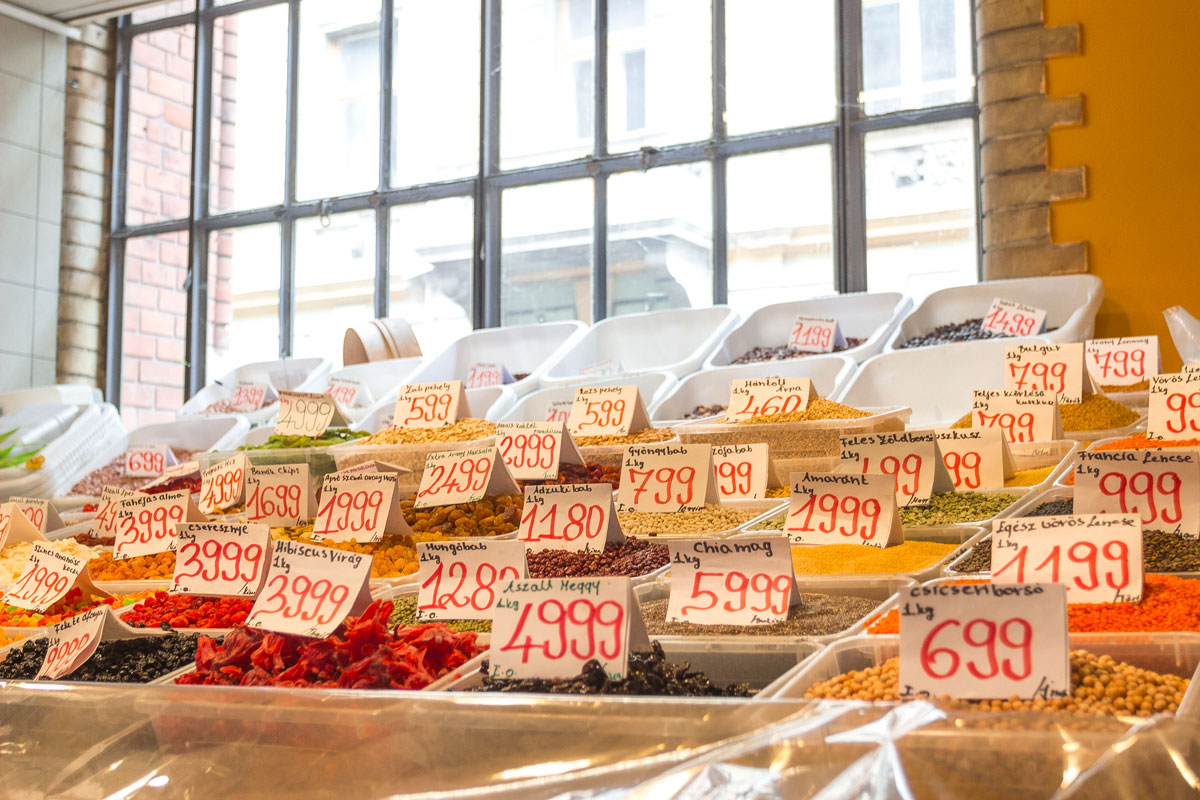

Waterfront.
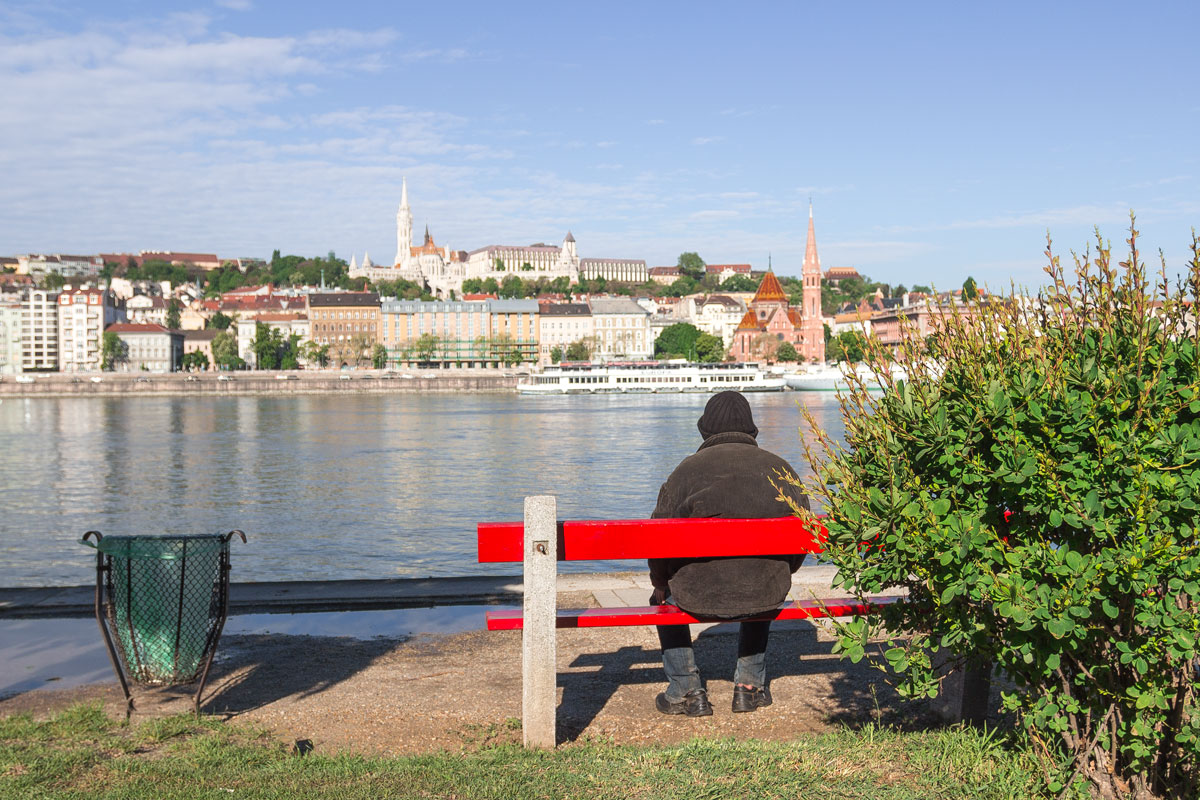
The Jewish quarter.

A view of the city.
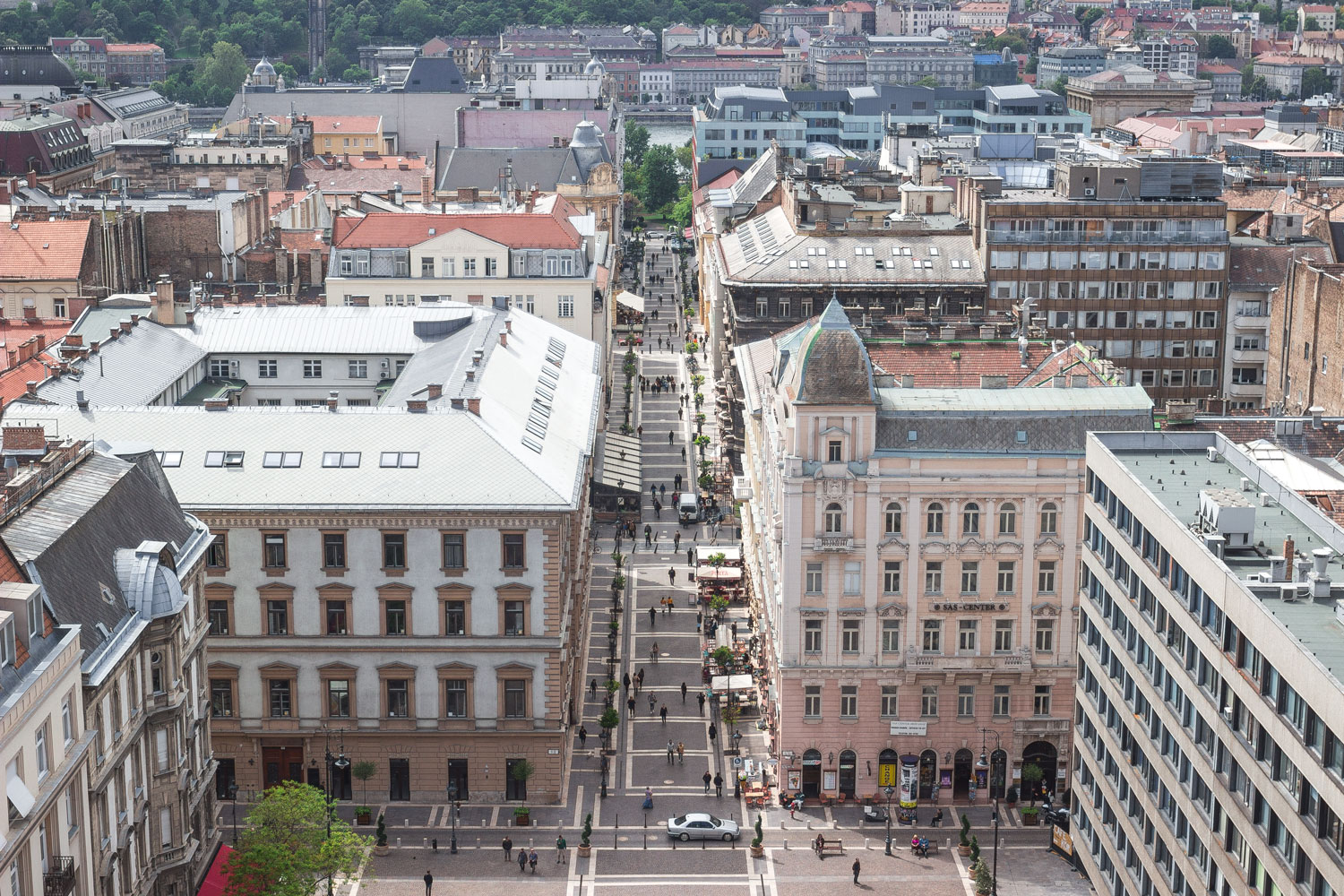
The Parliament building.

The symbol of Budapest. Beauty, words cannot describe.
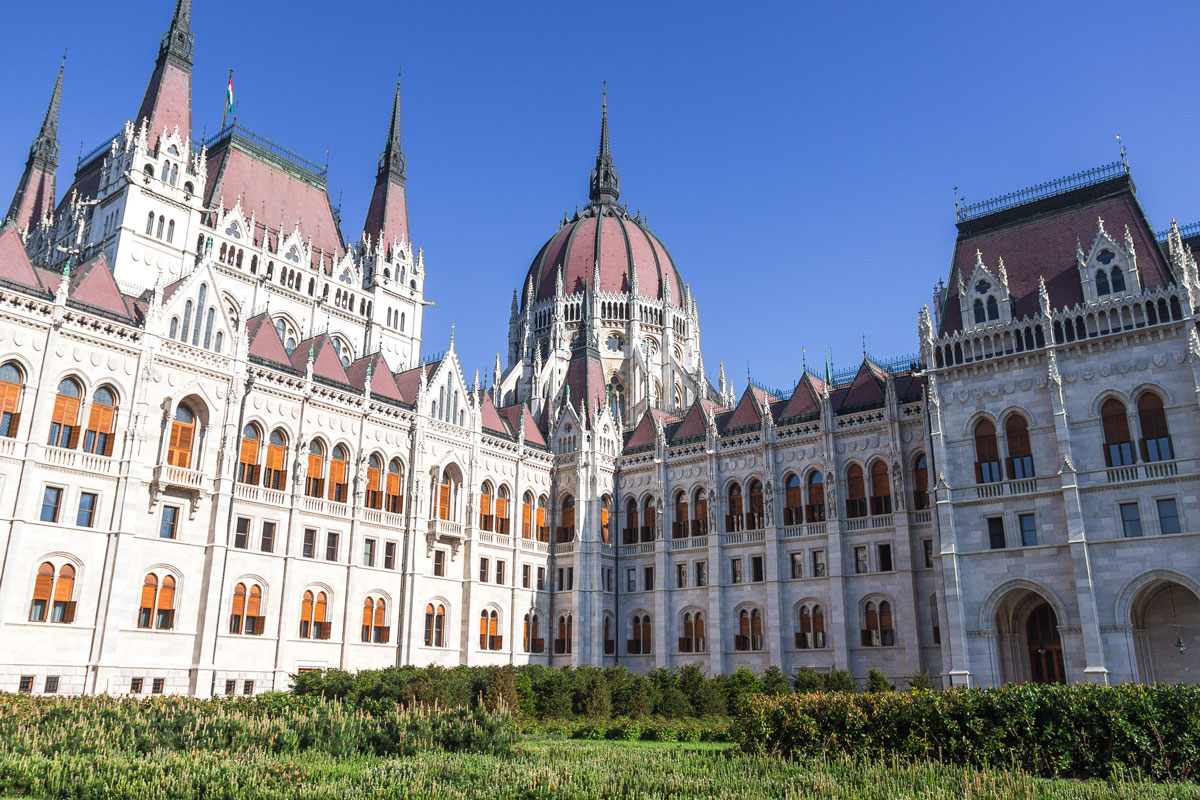
At night, the illumination of the Parliament is so impressive that against its backdrop, the rest of the city appears dark.



